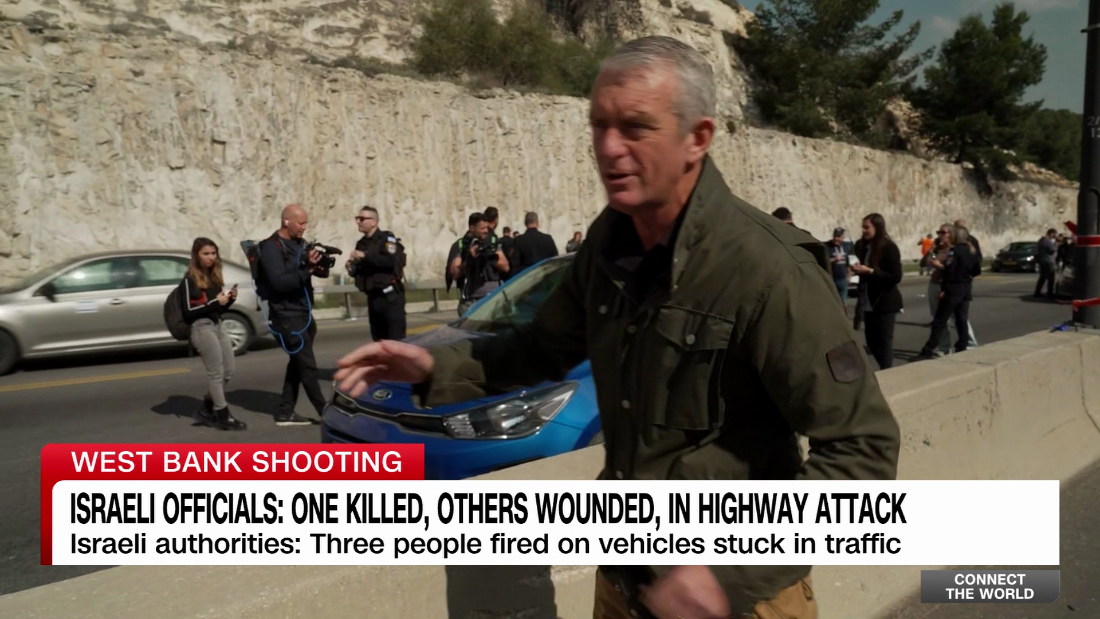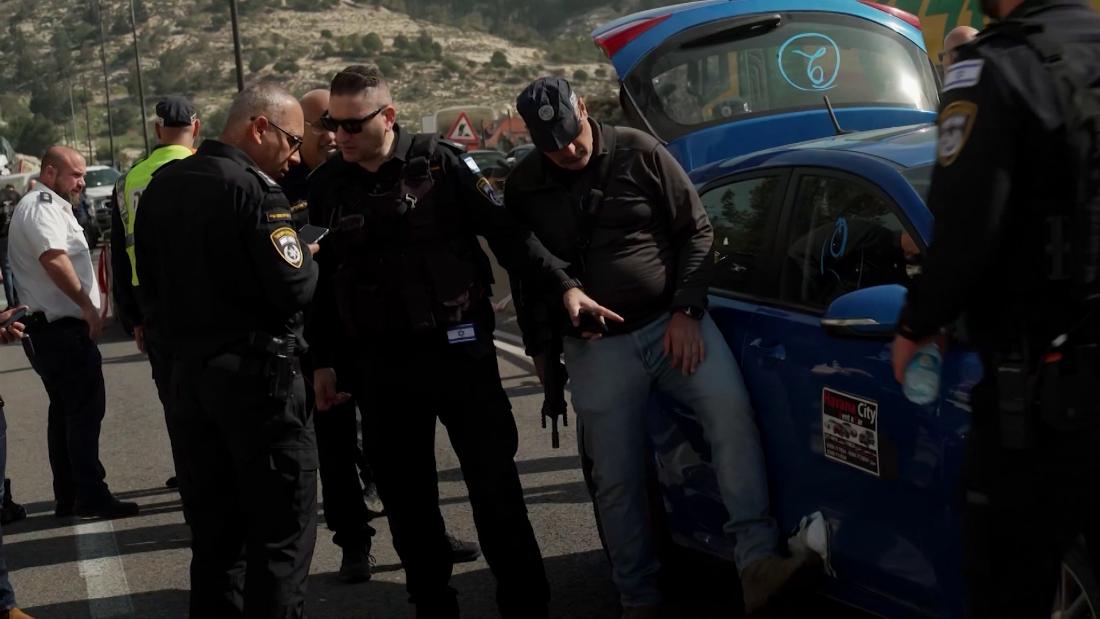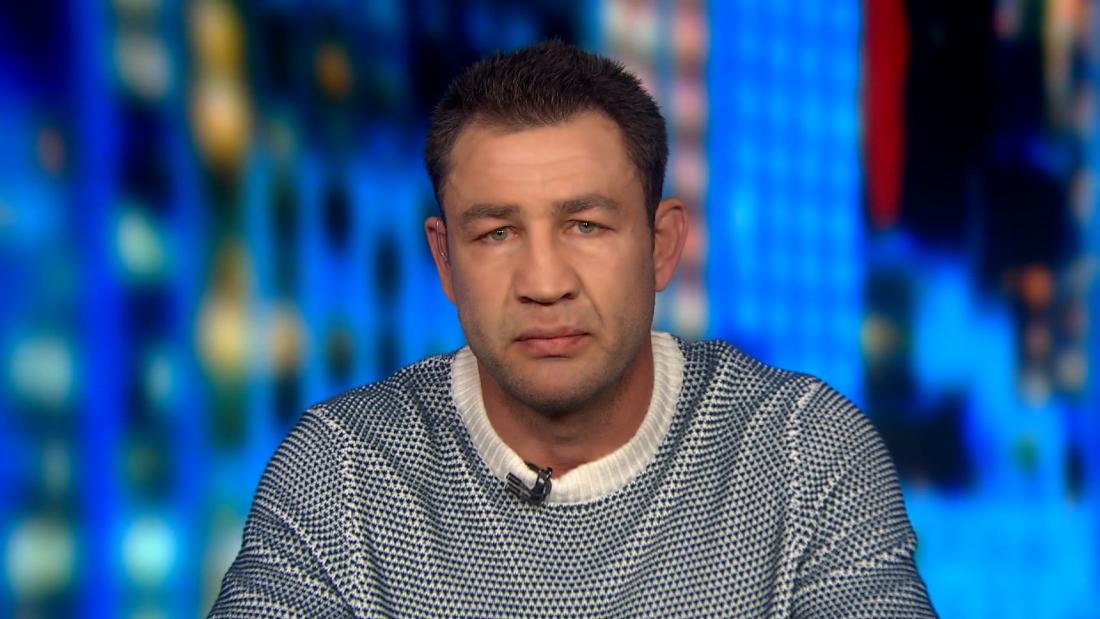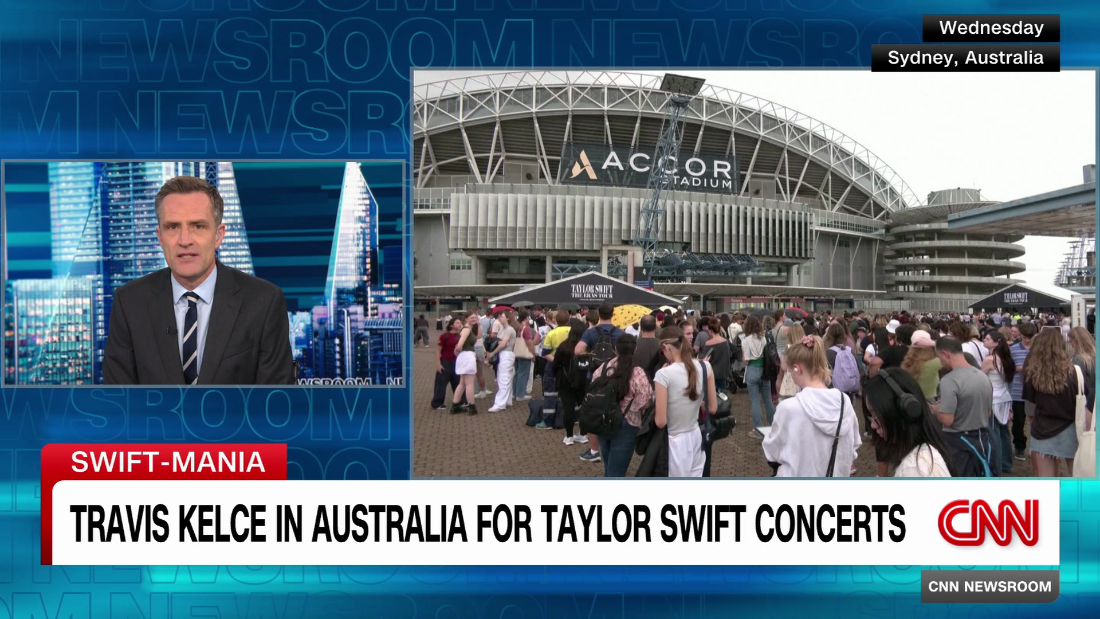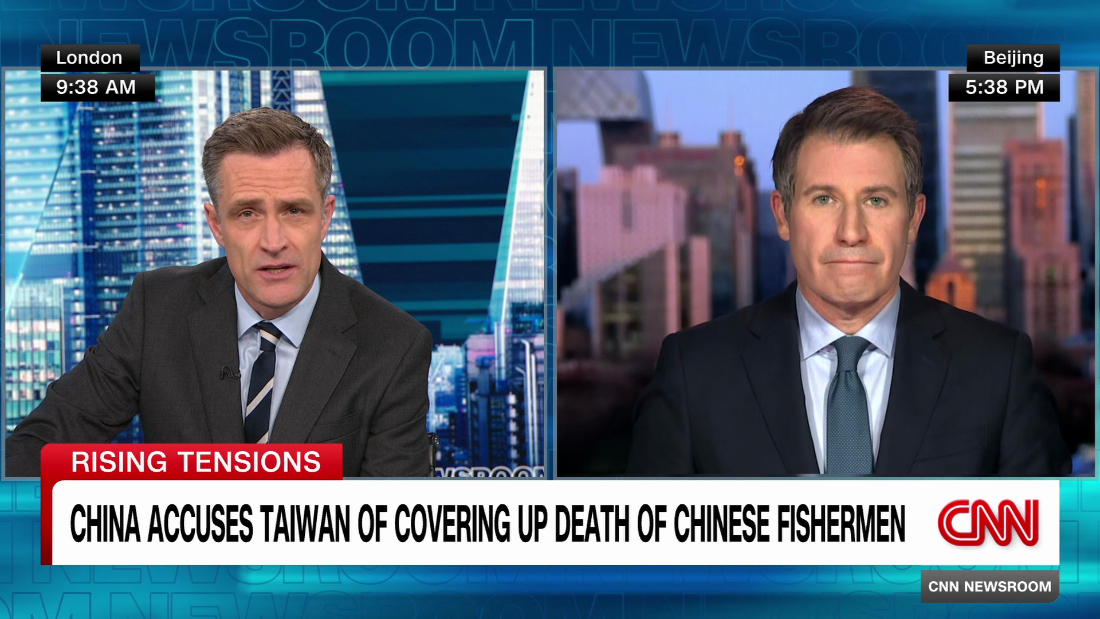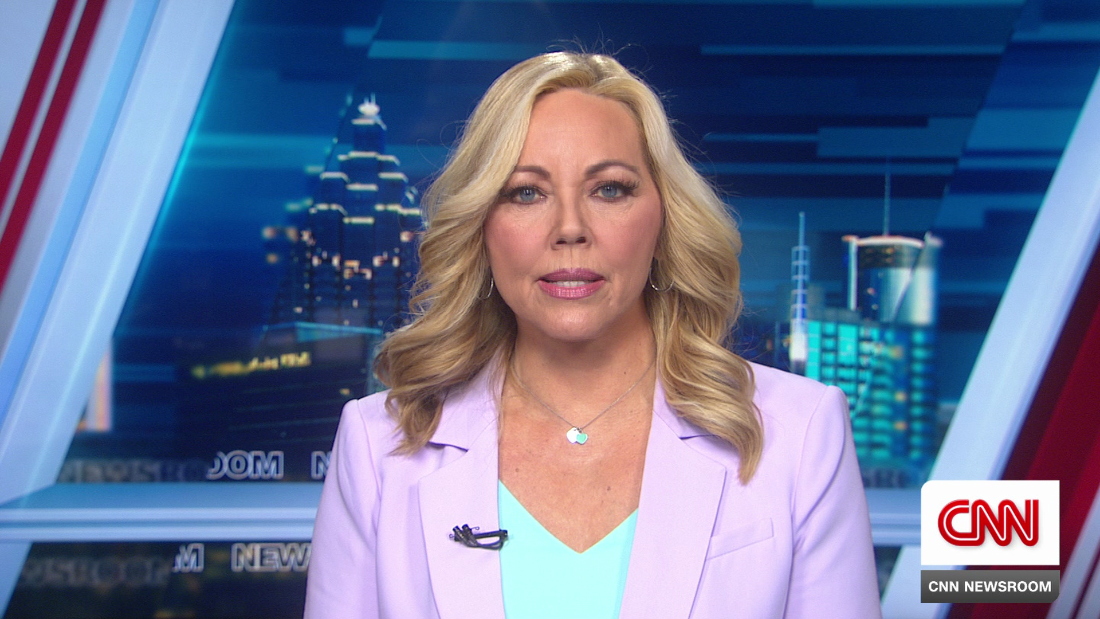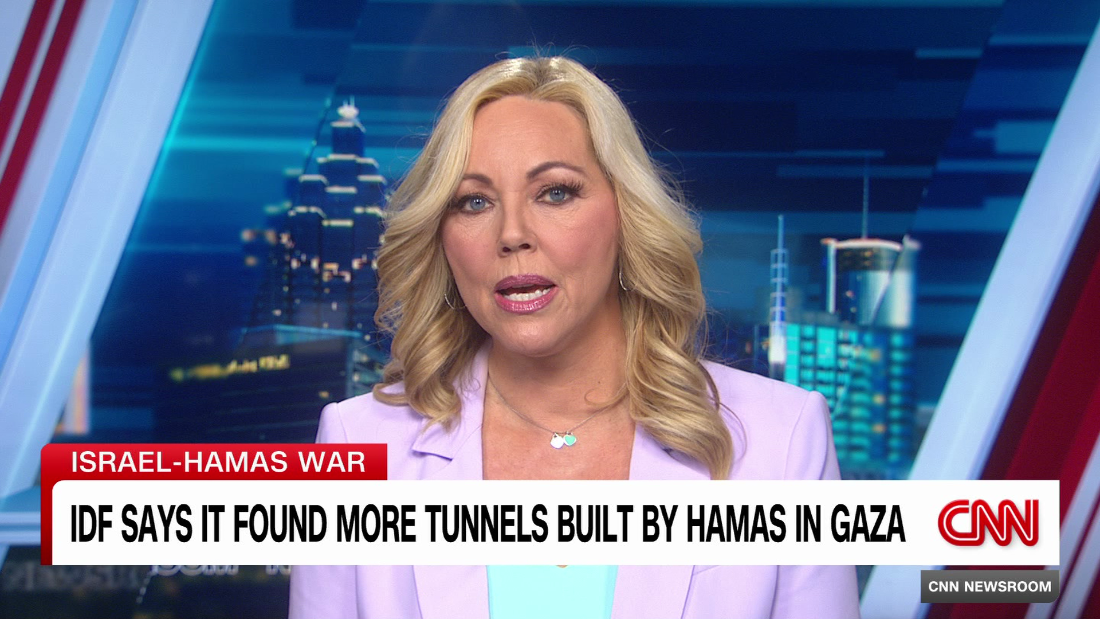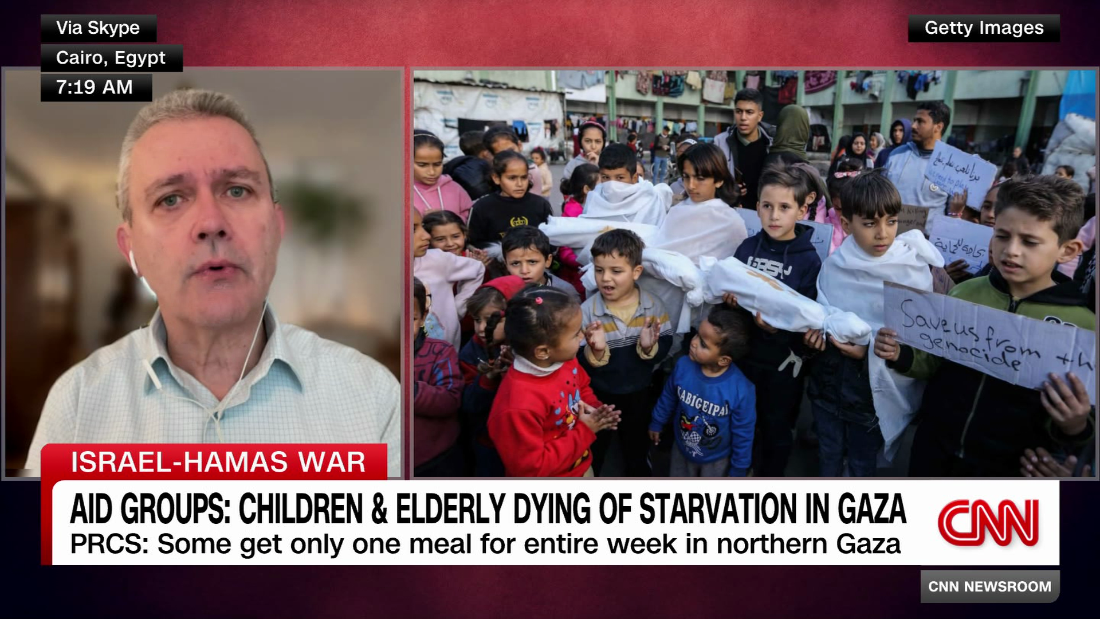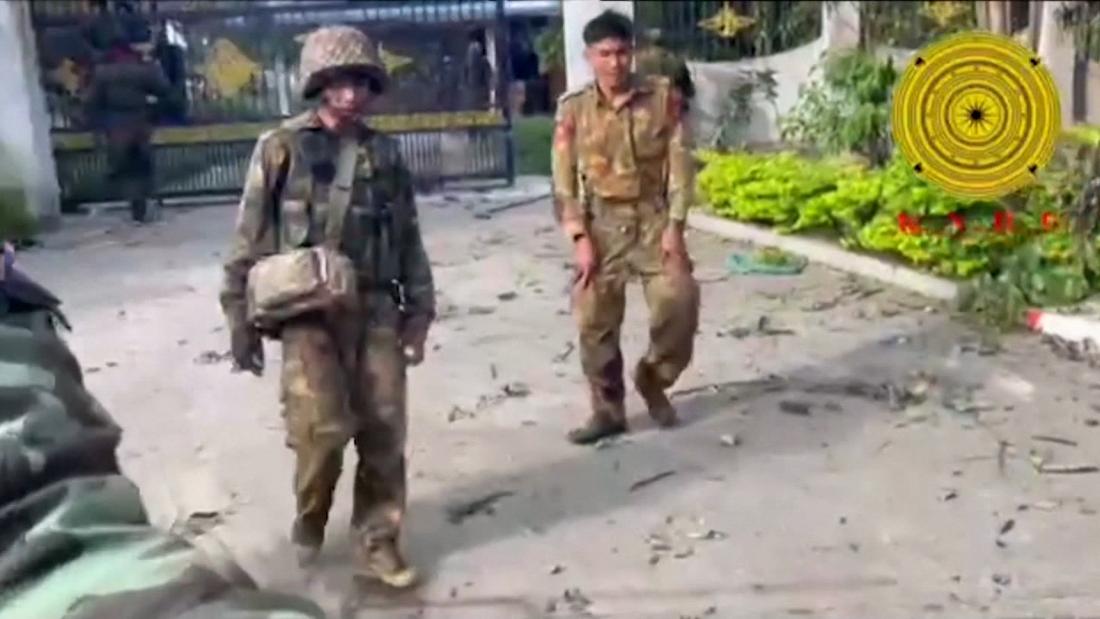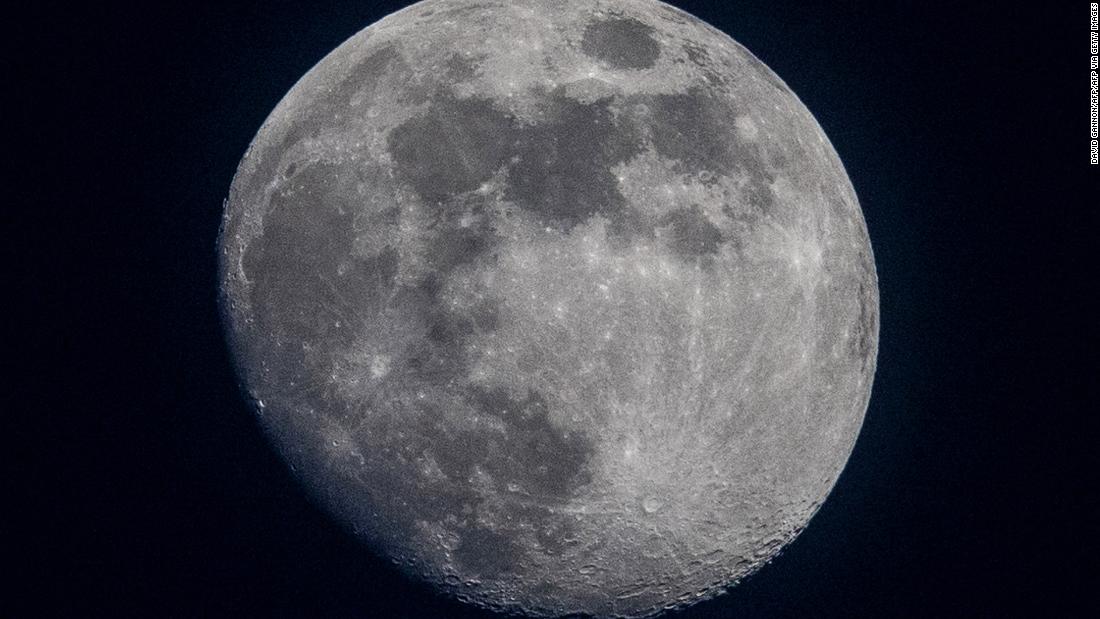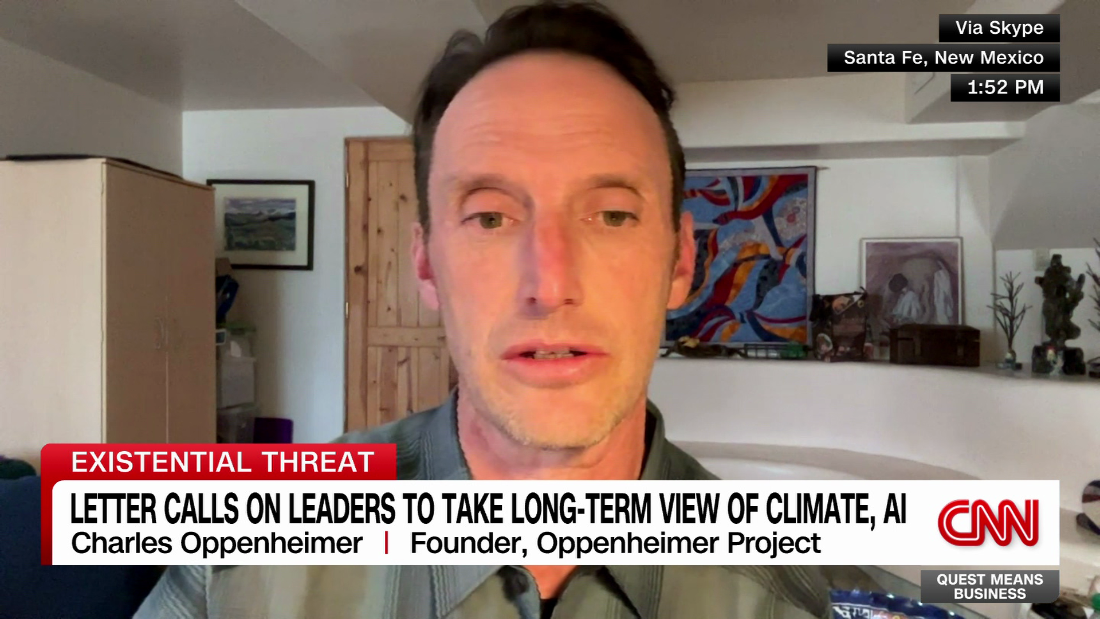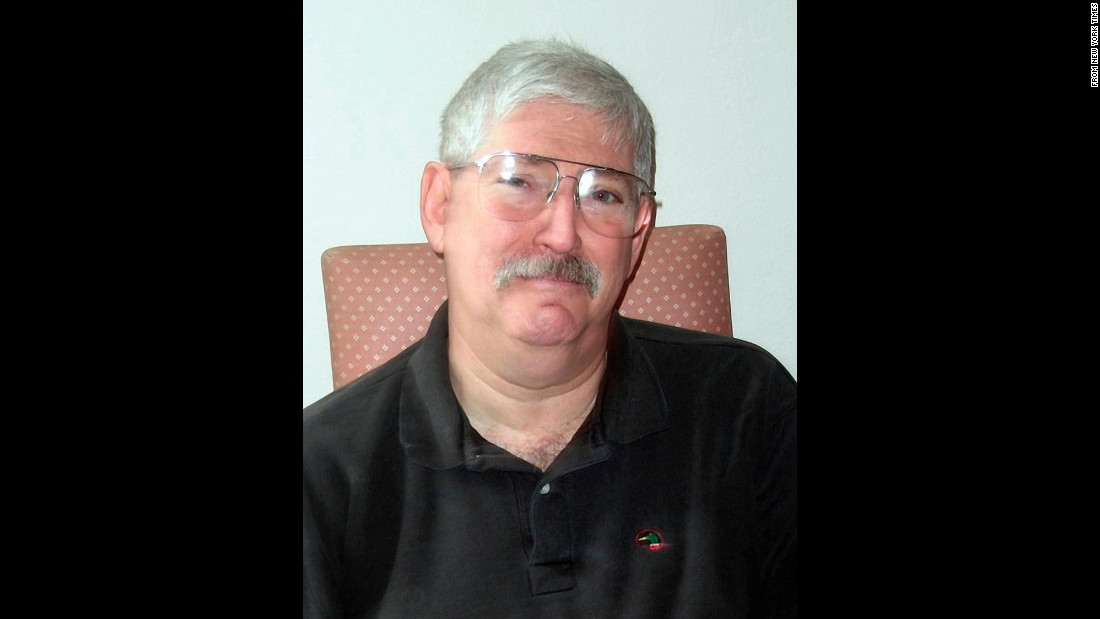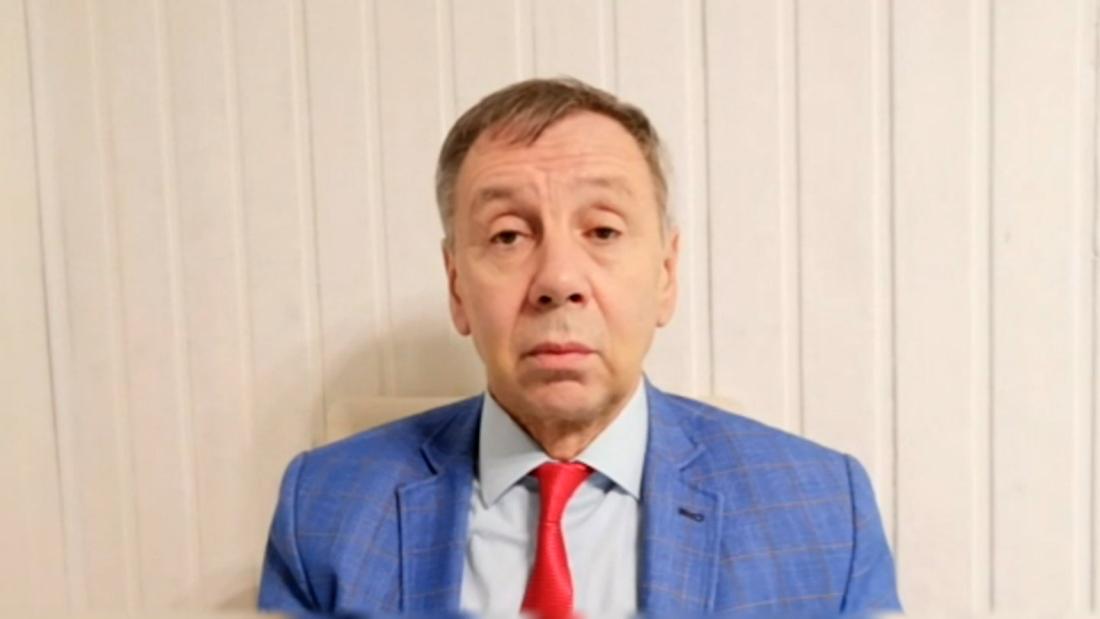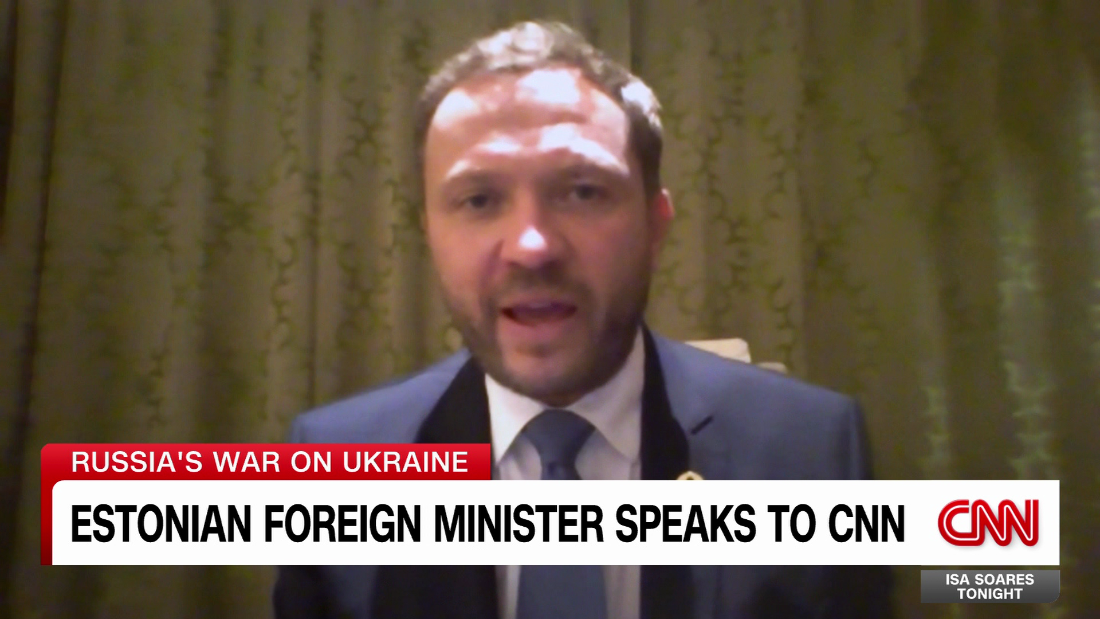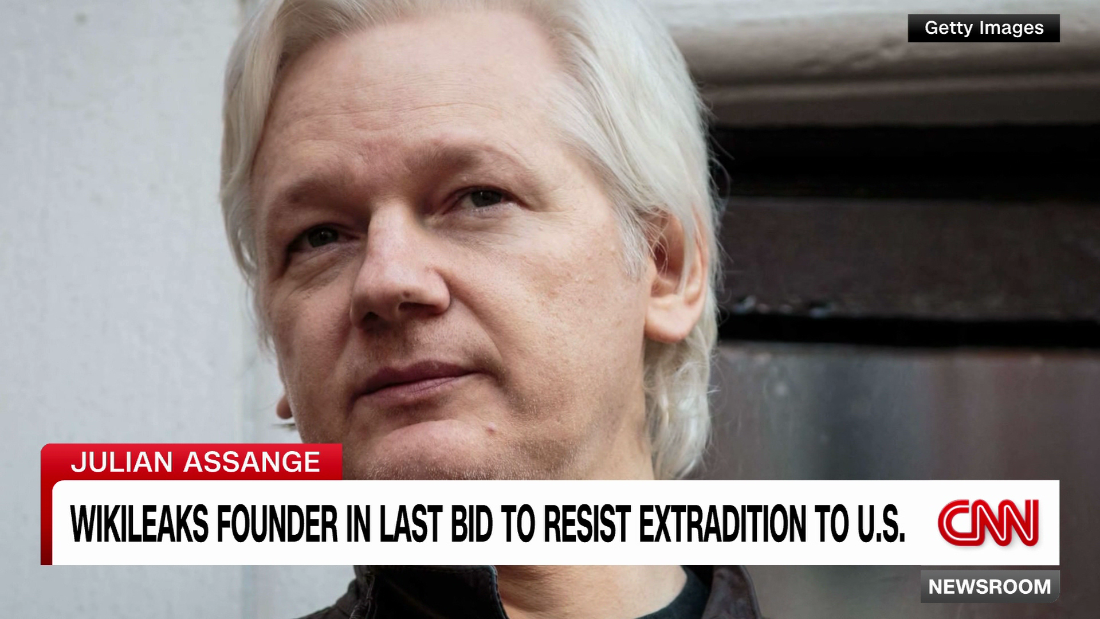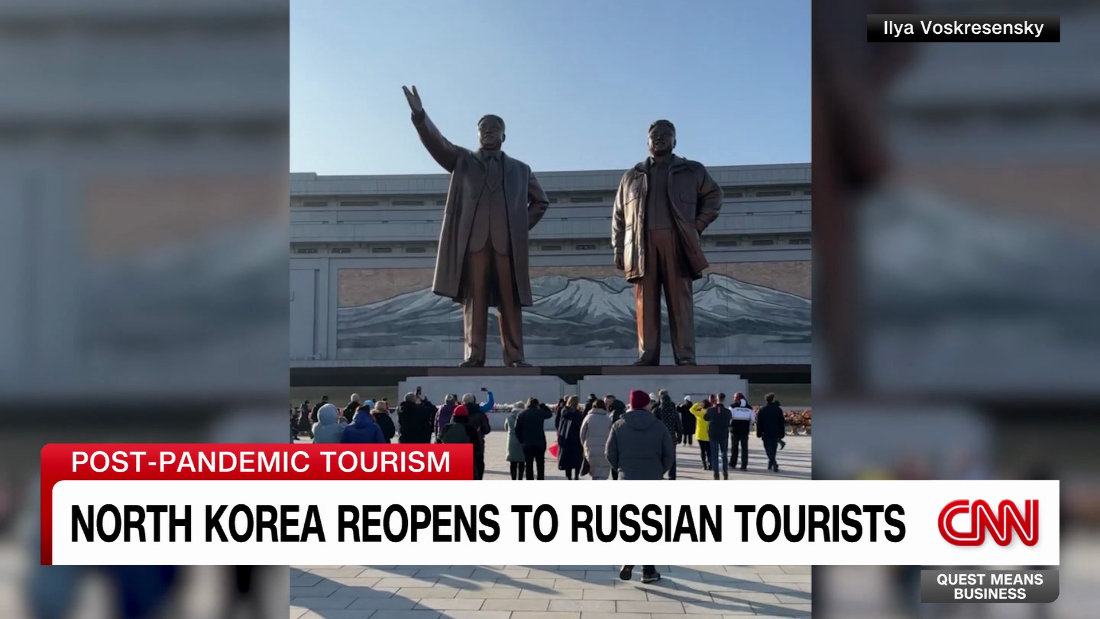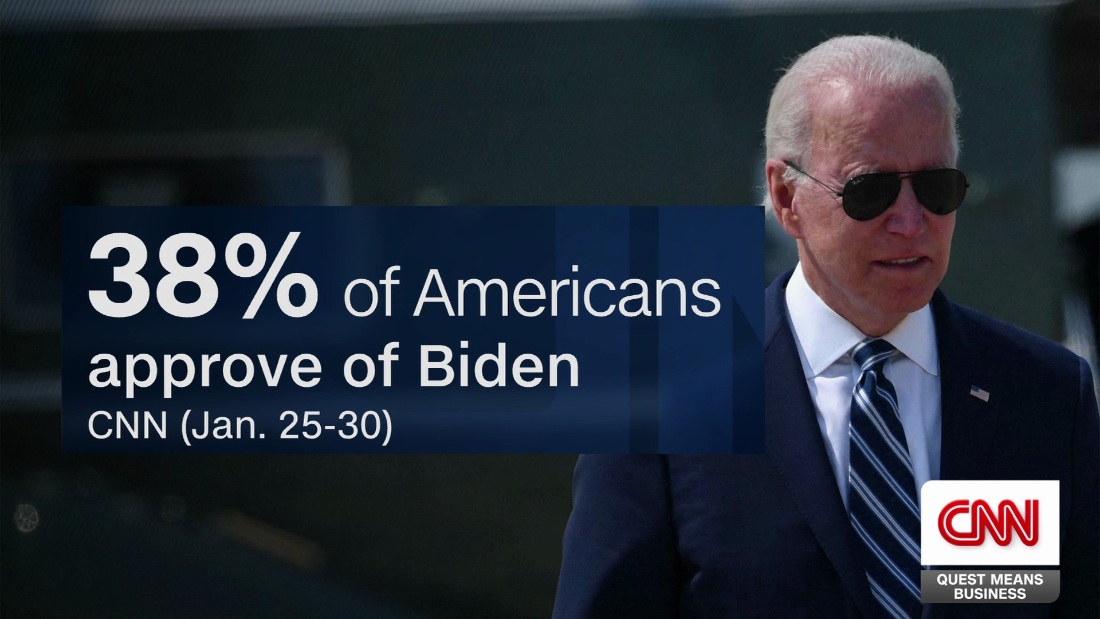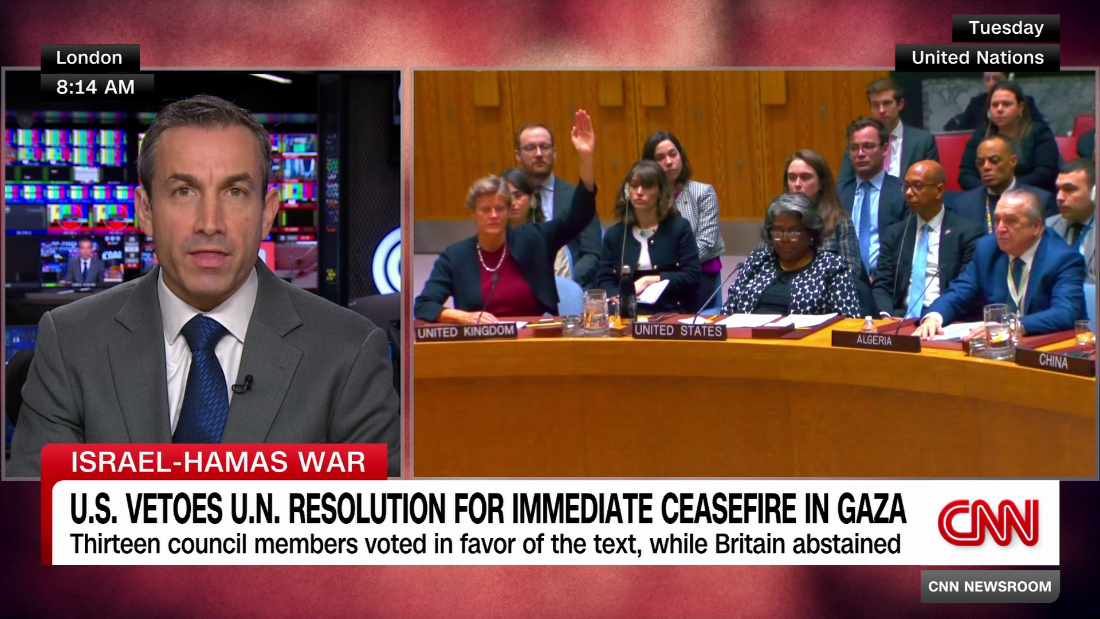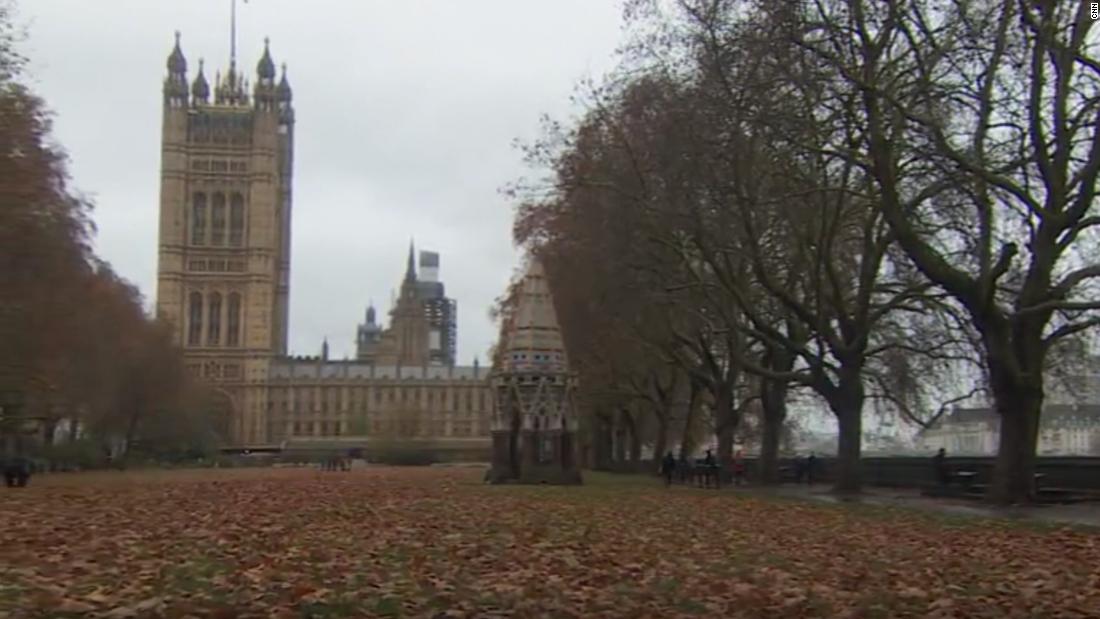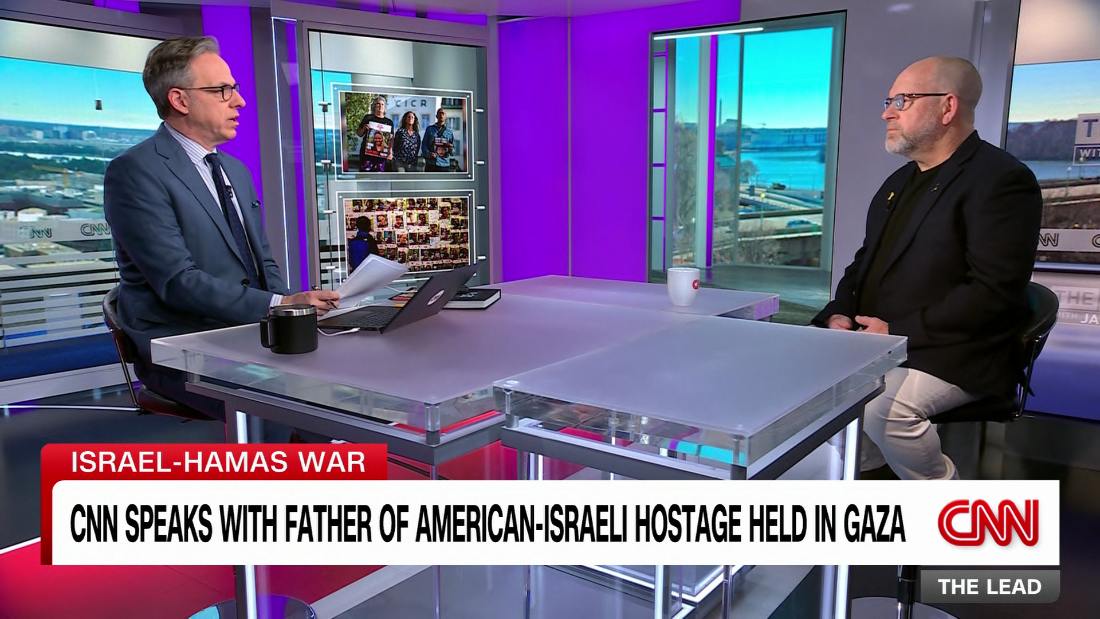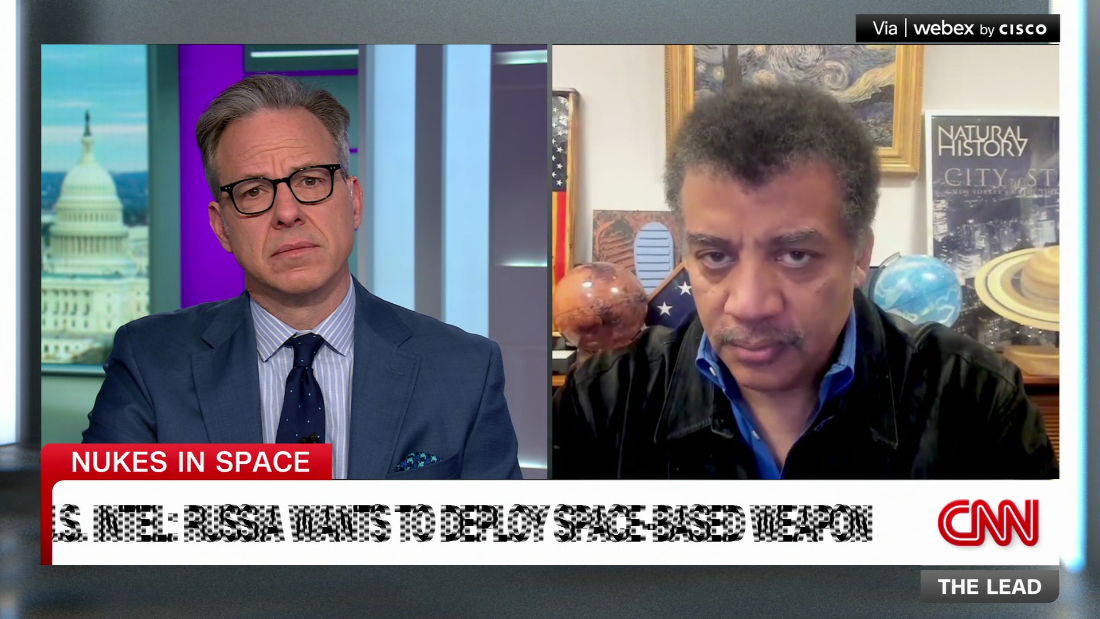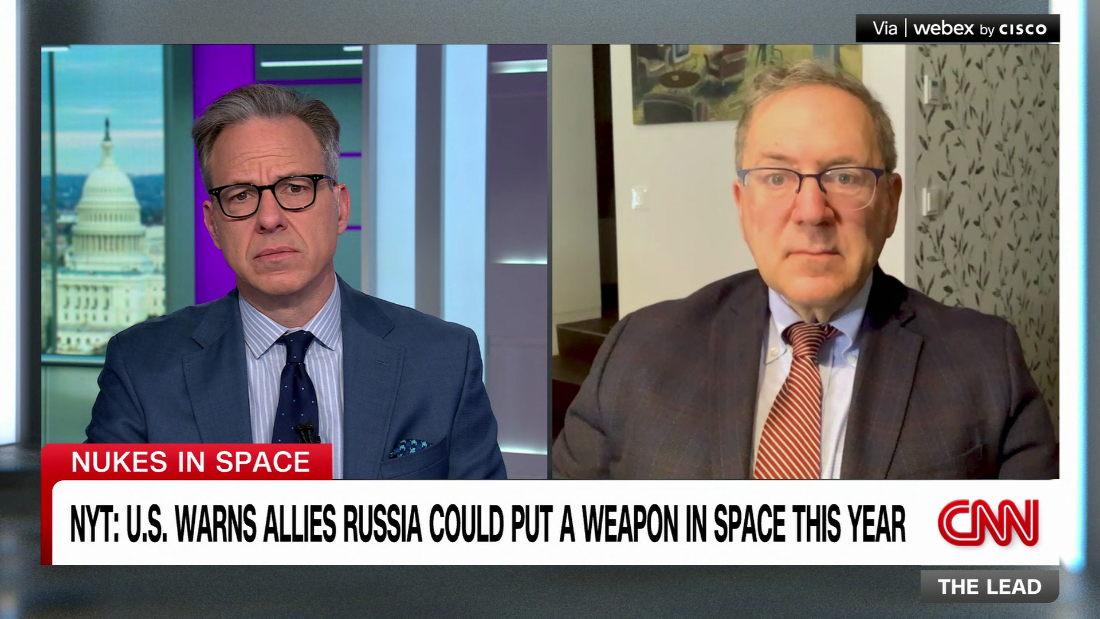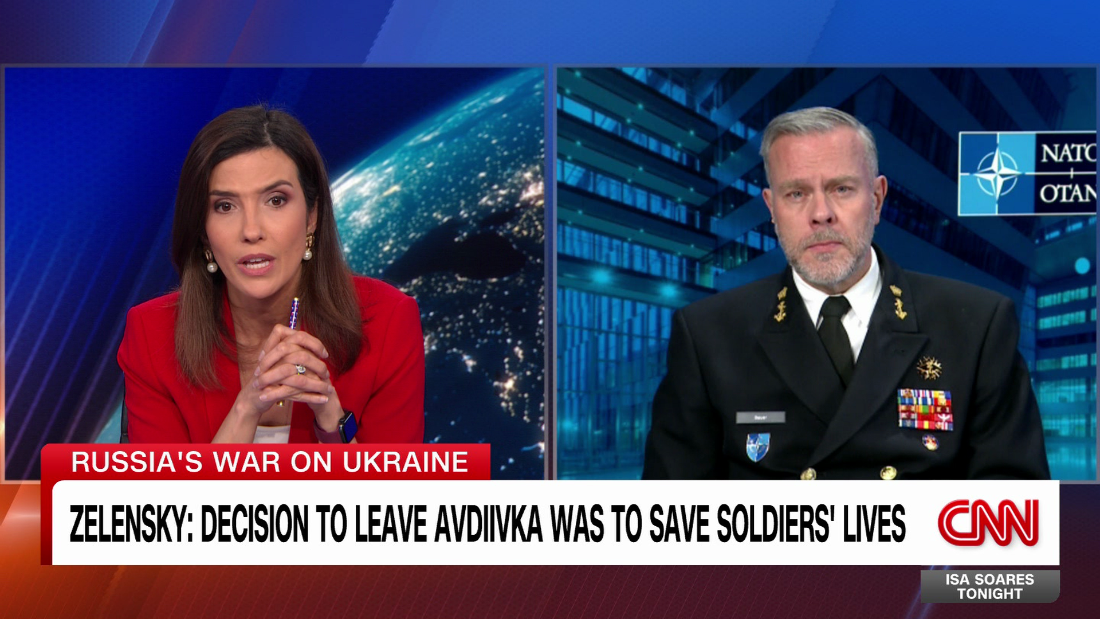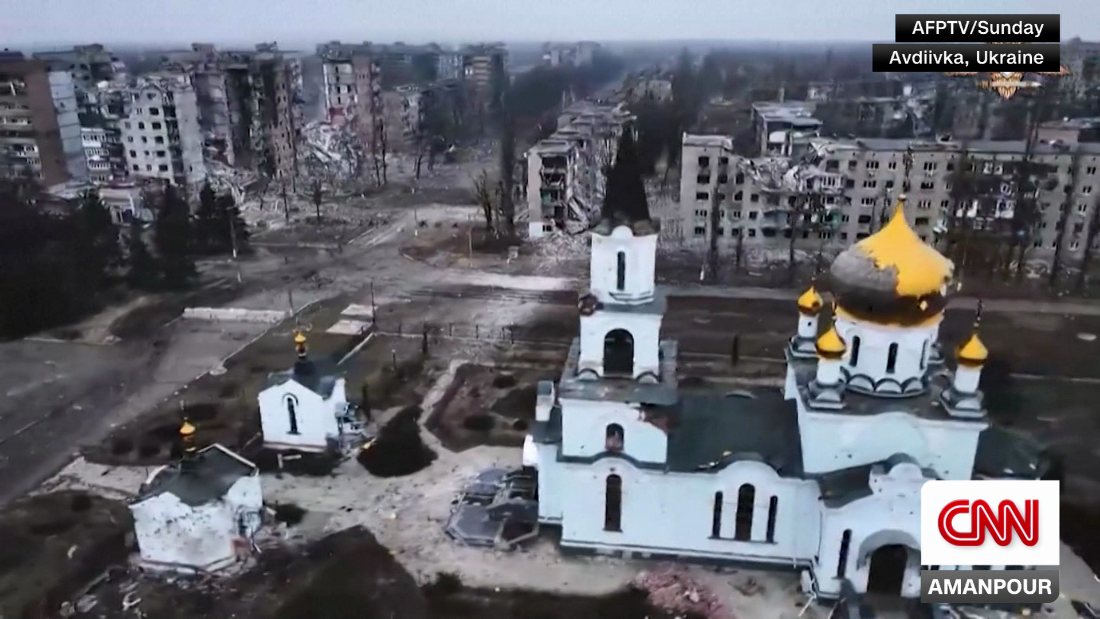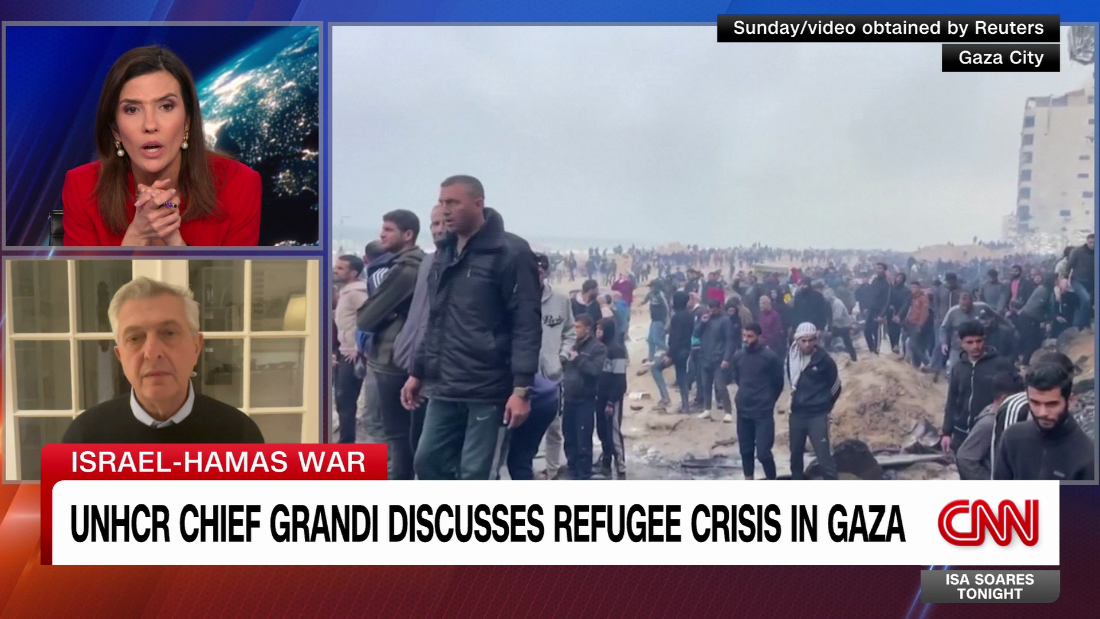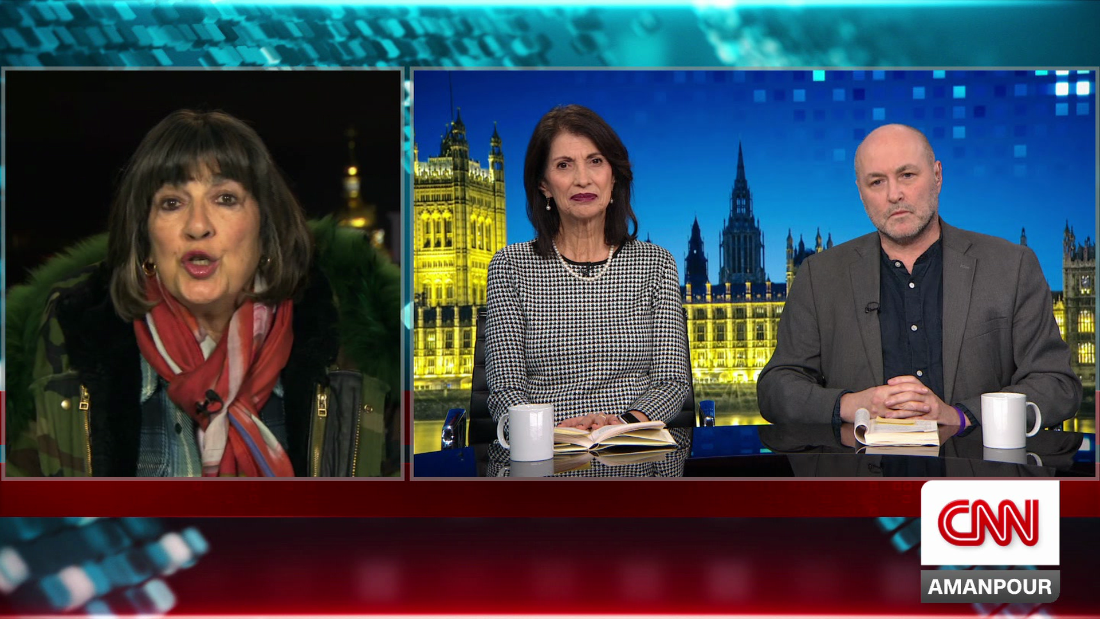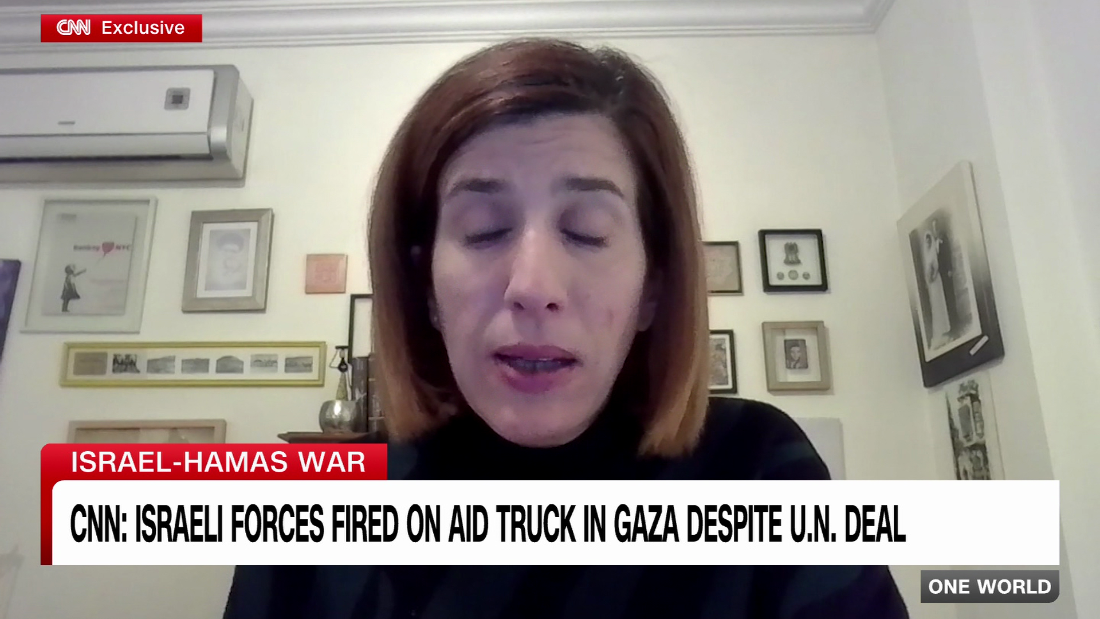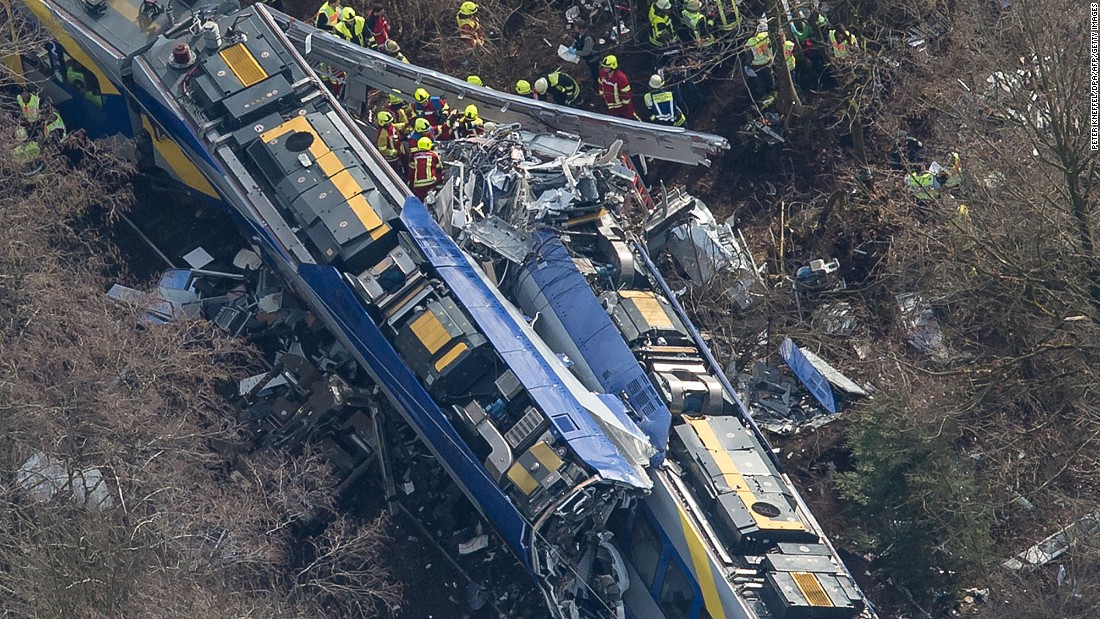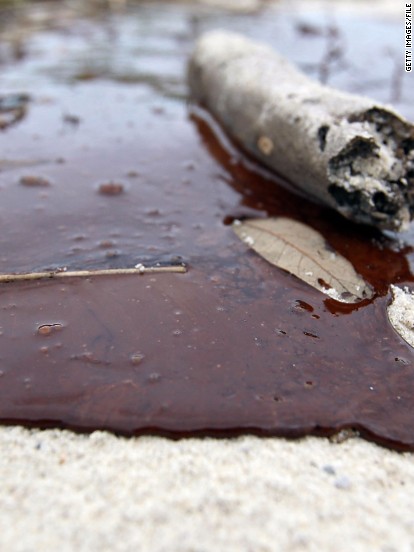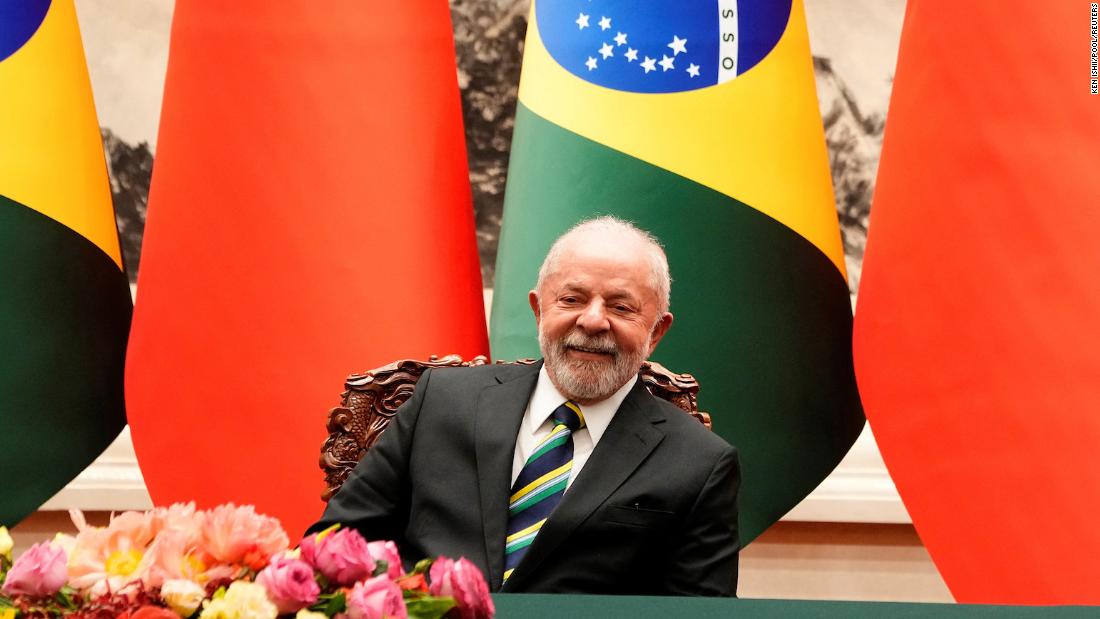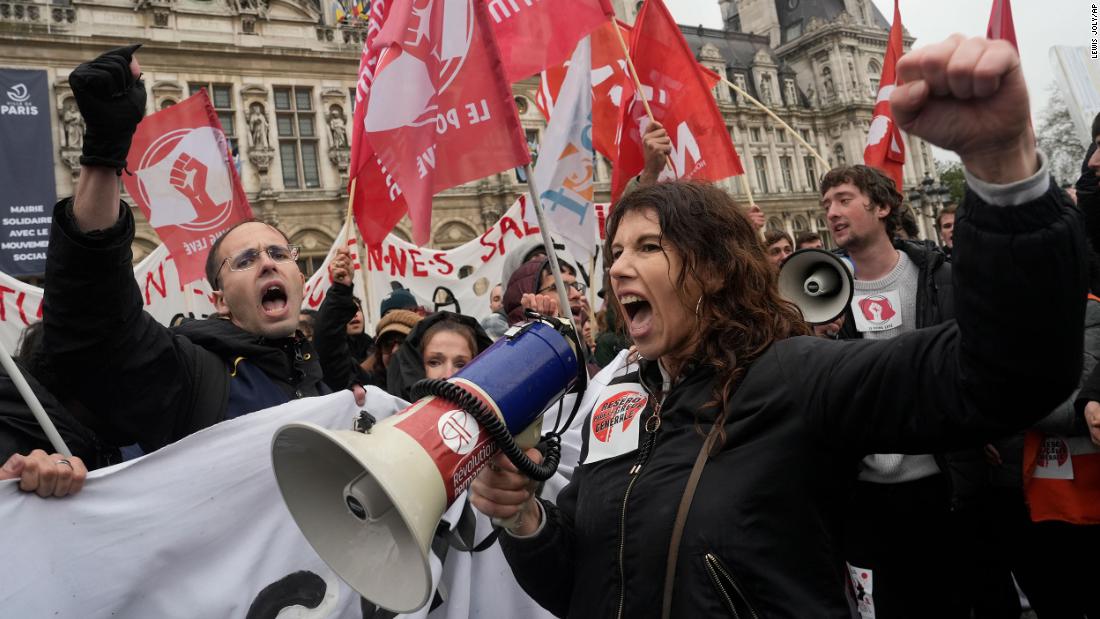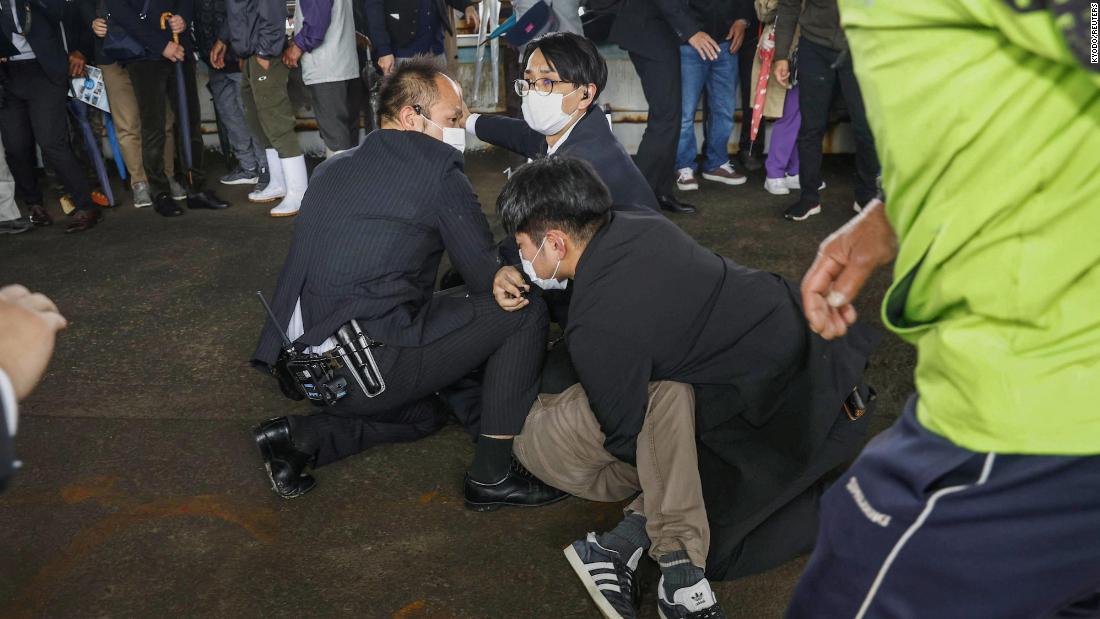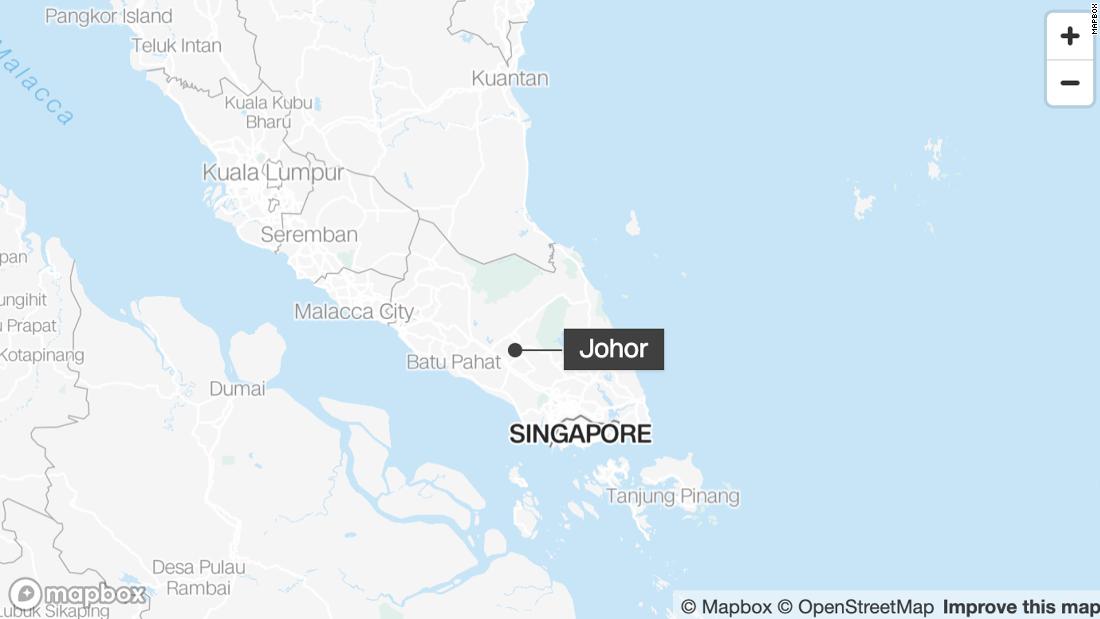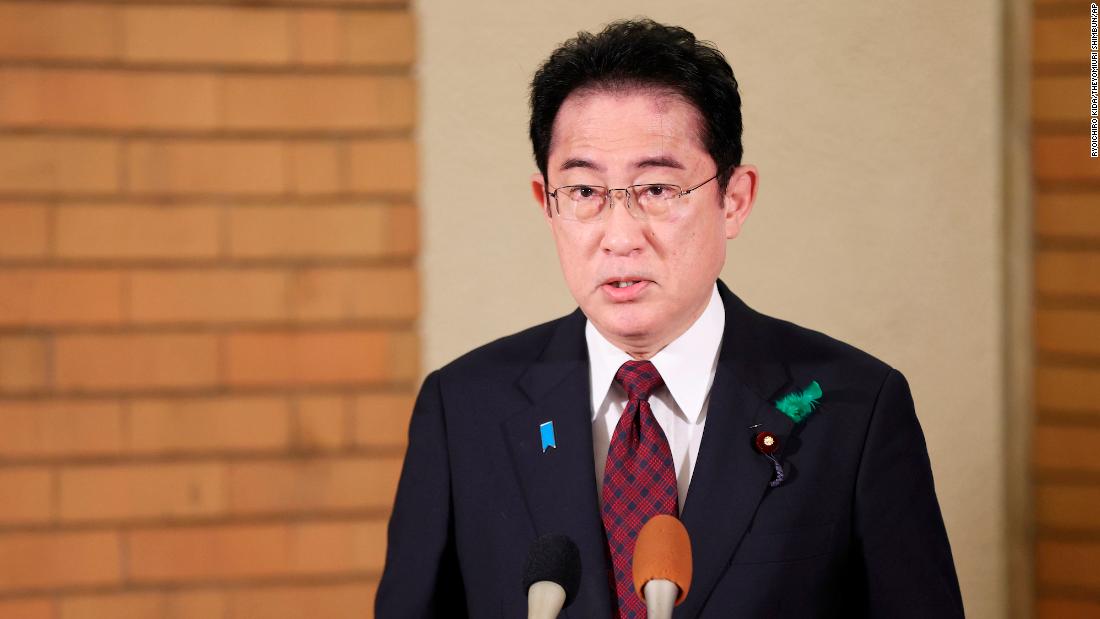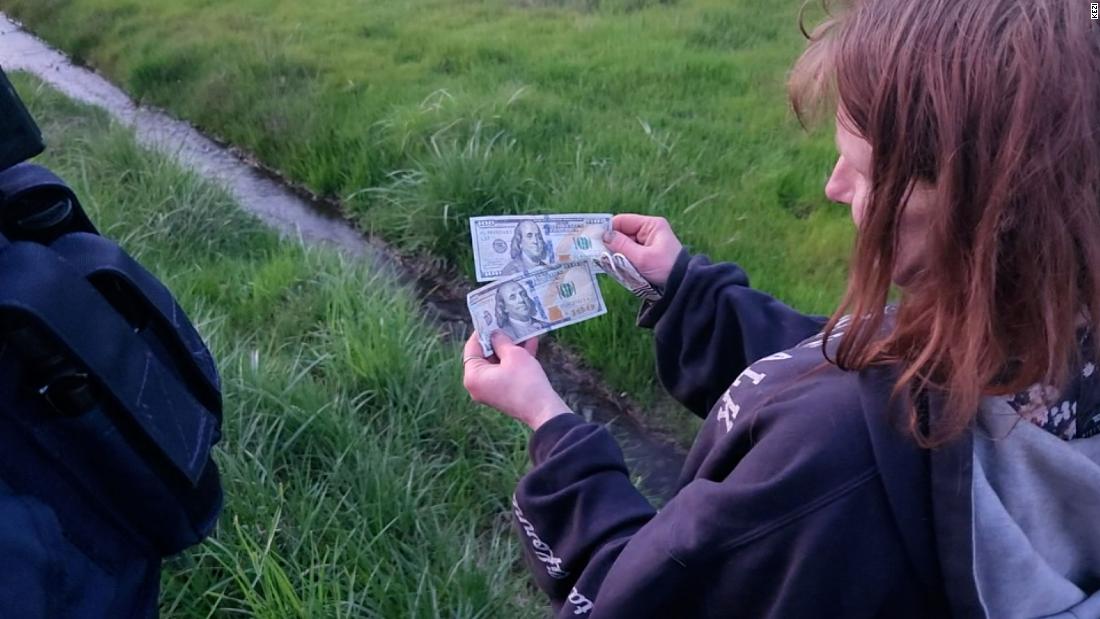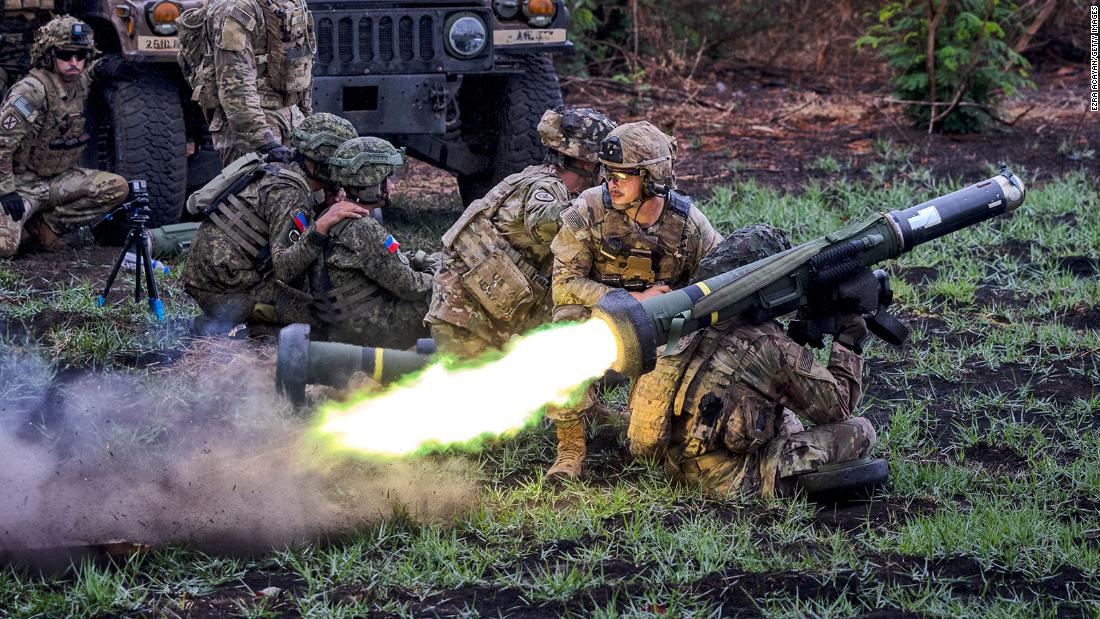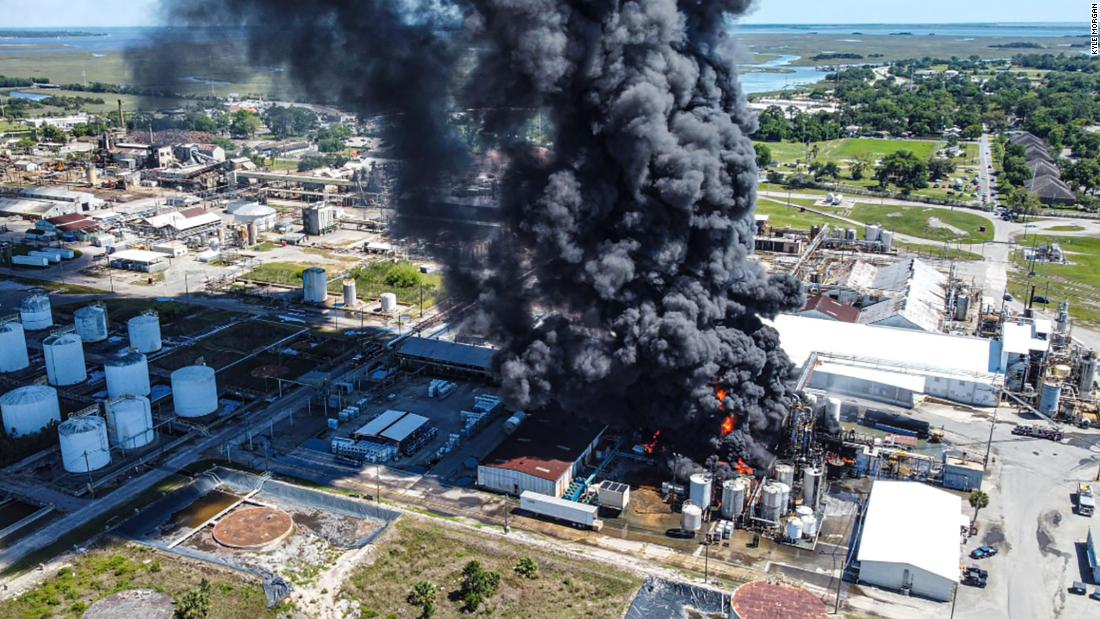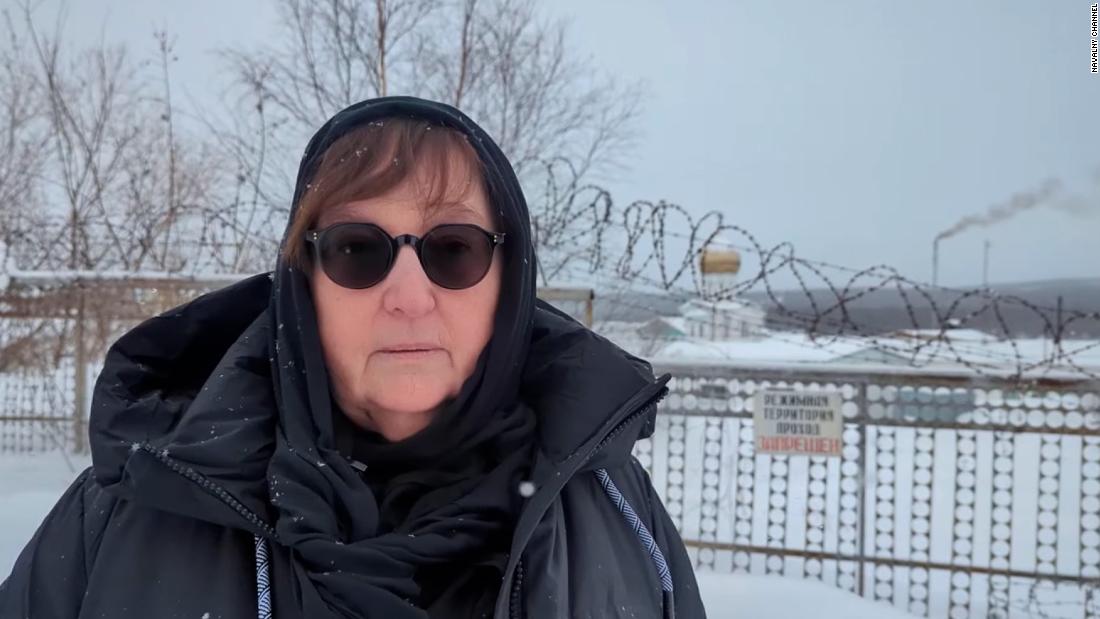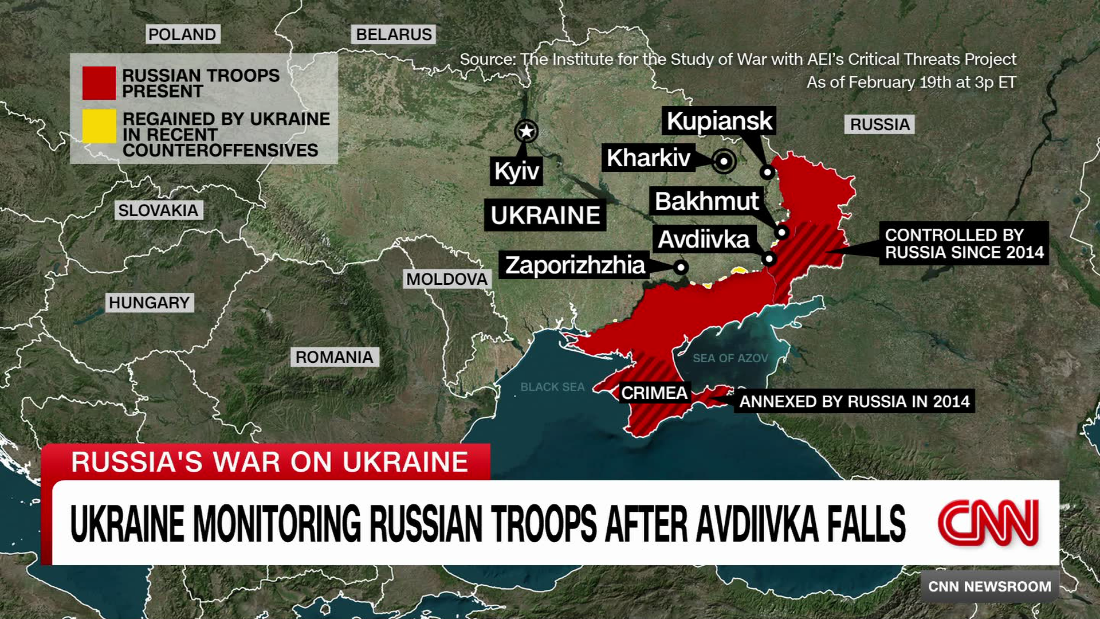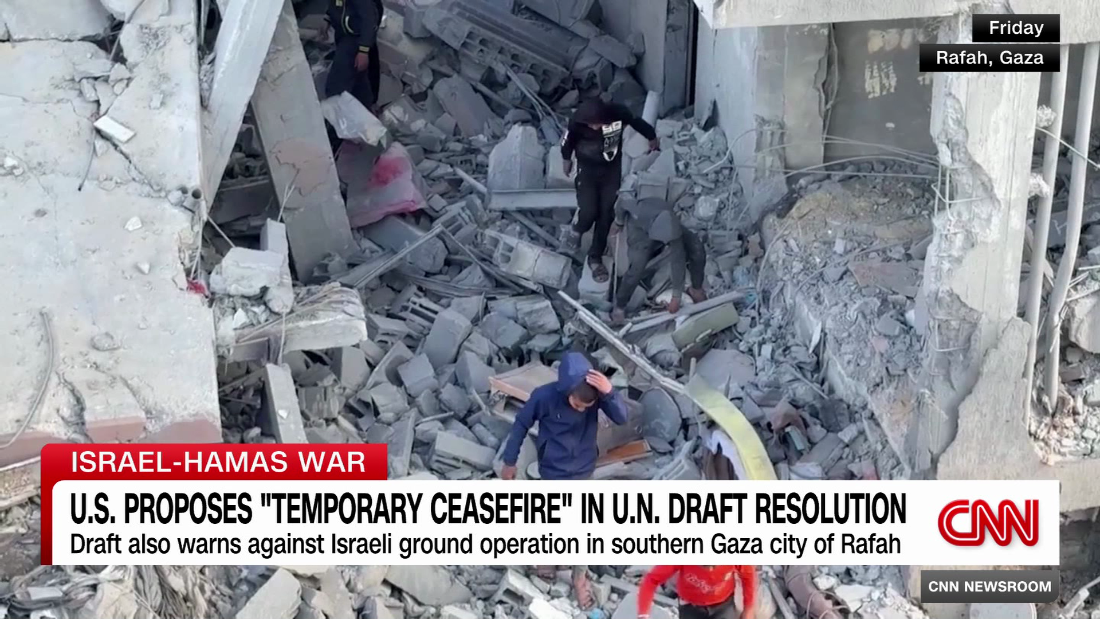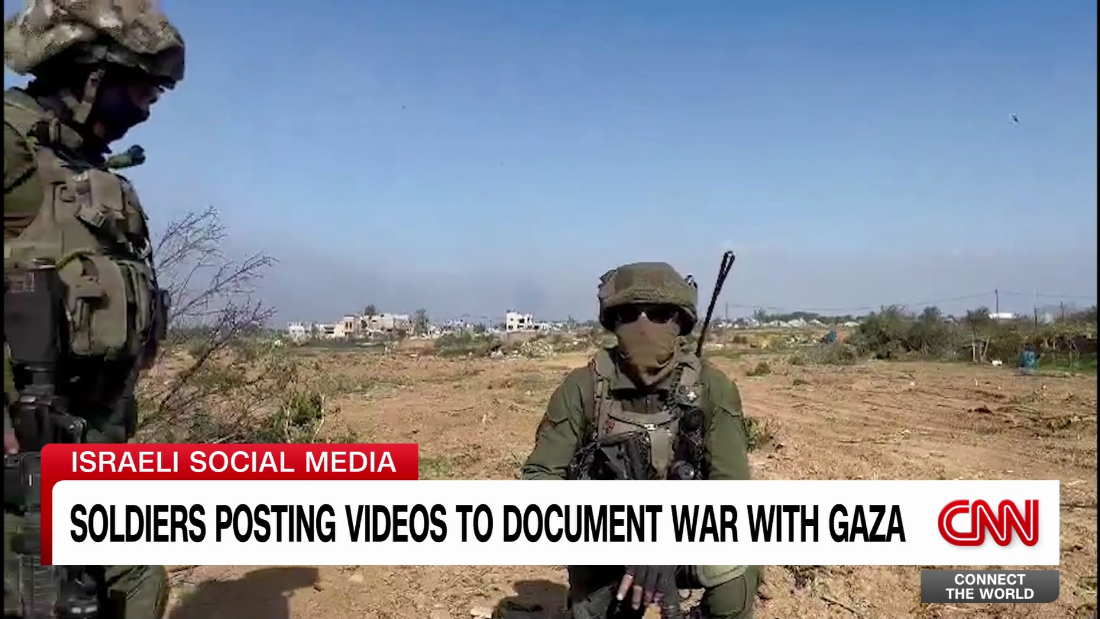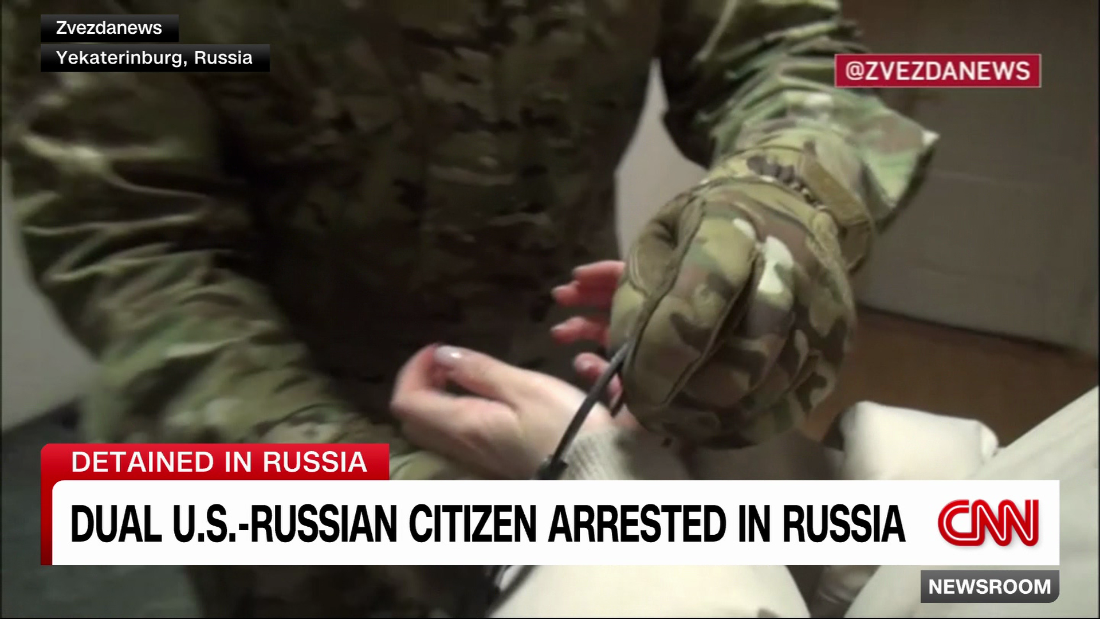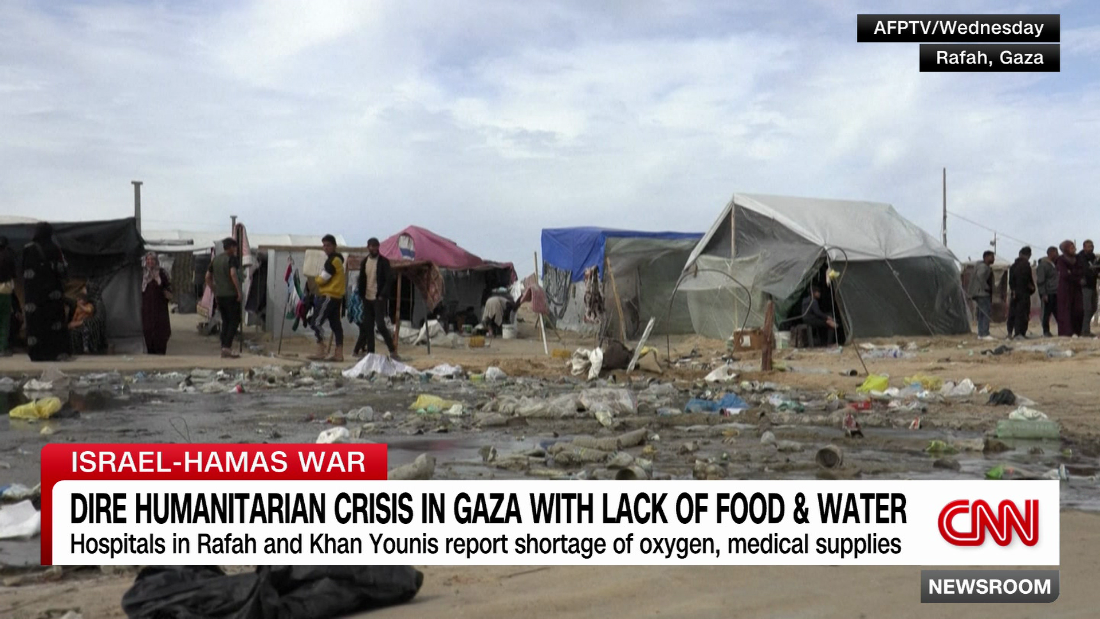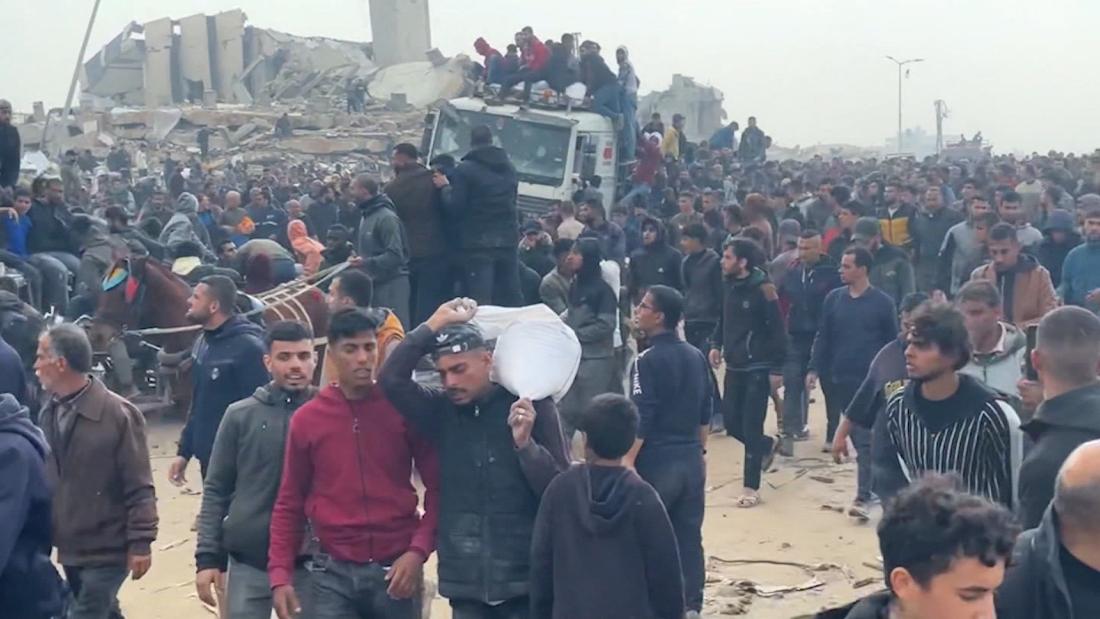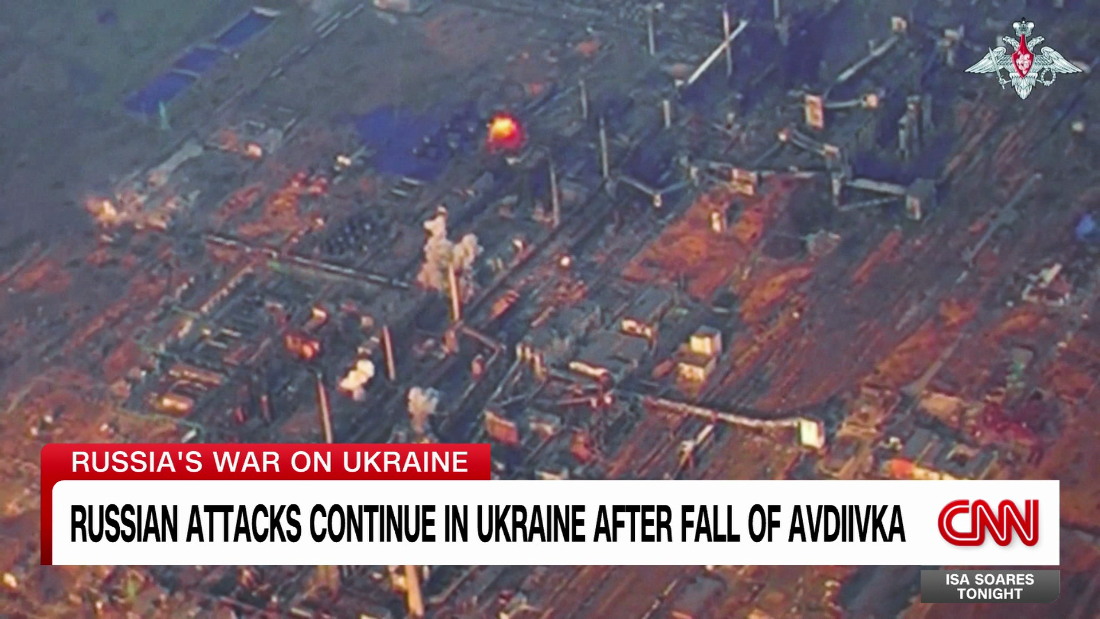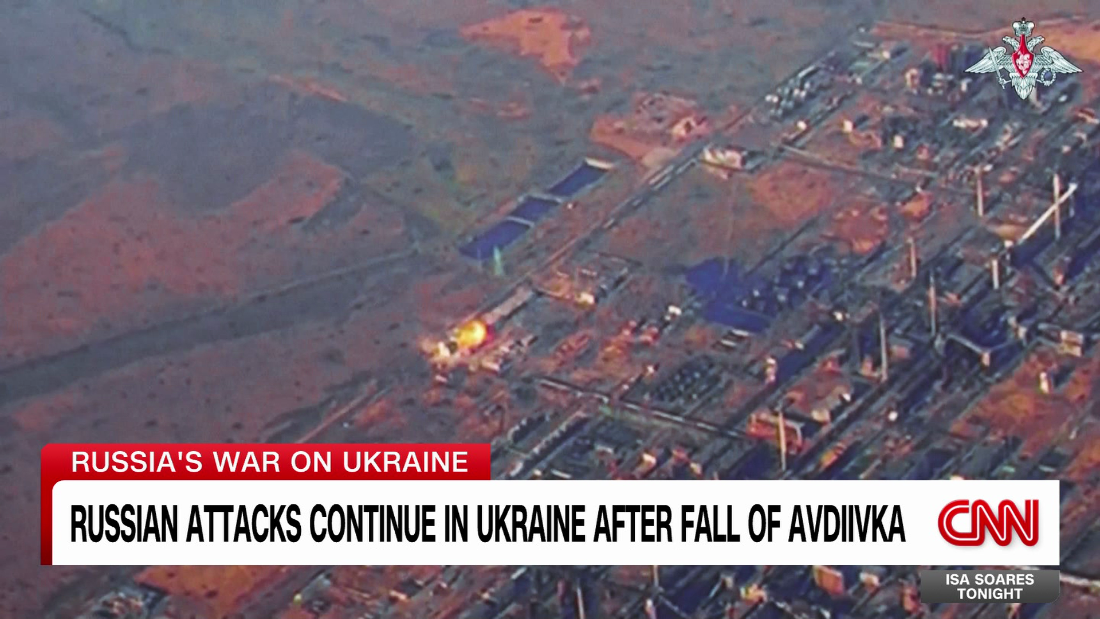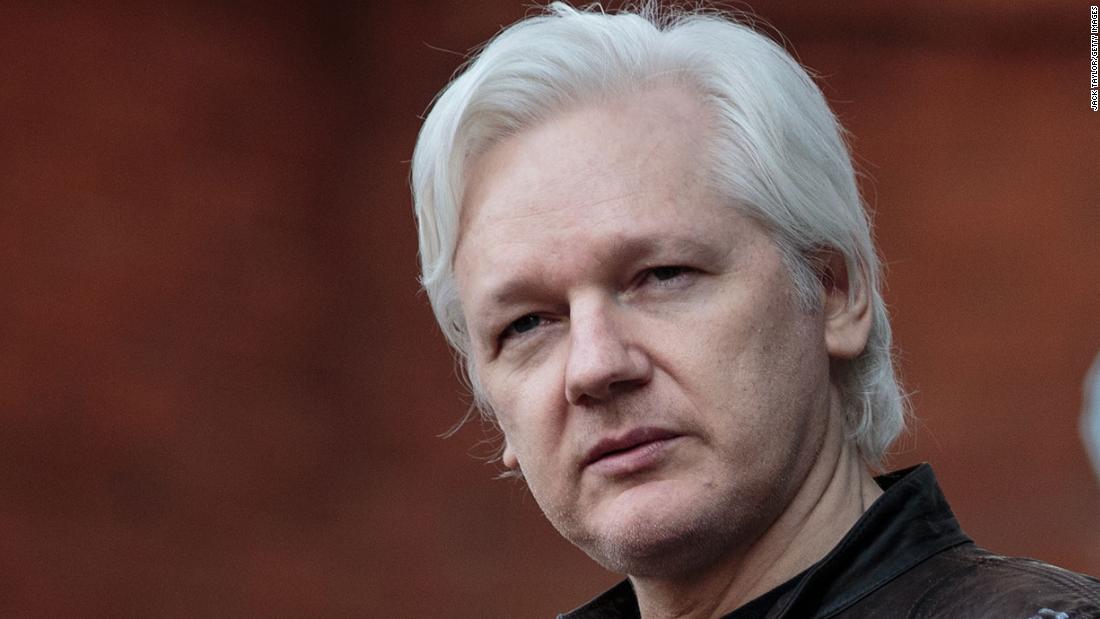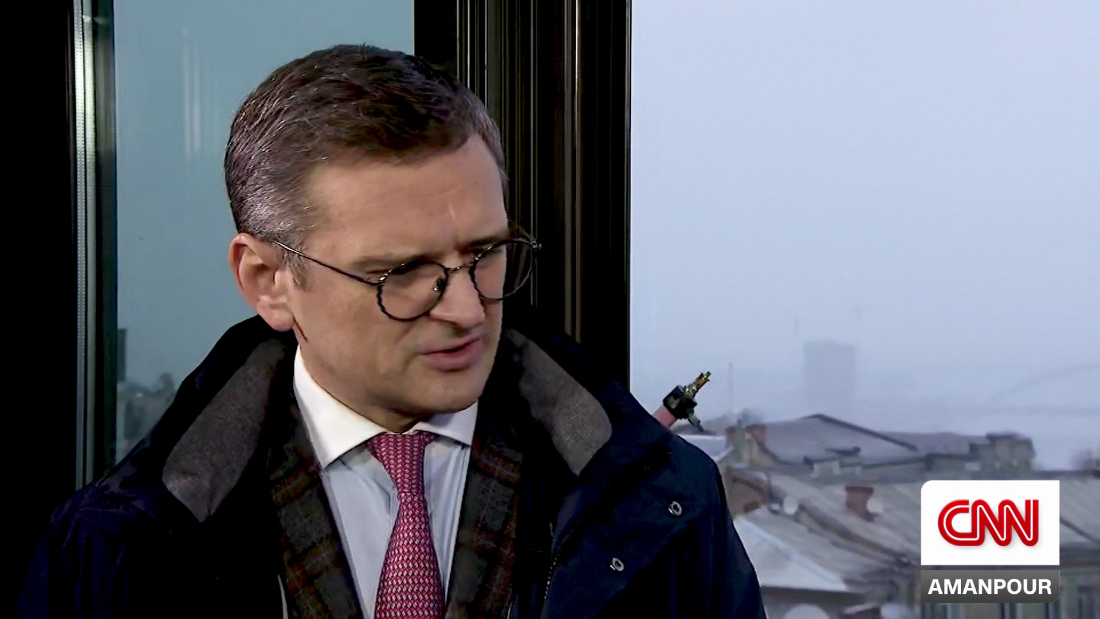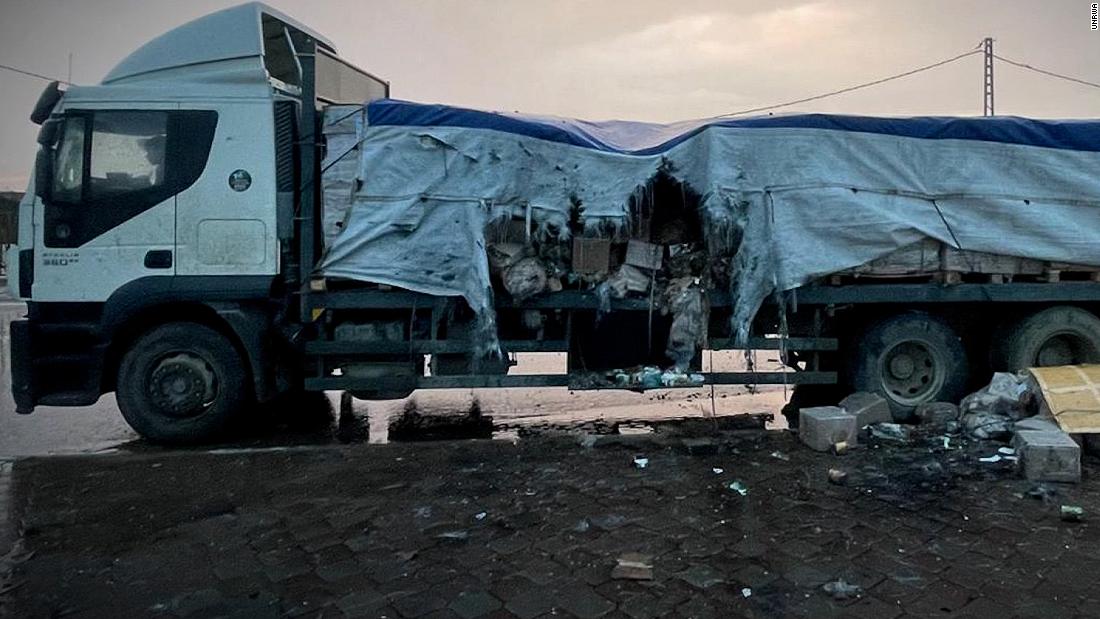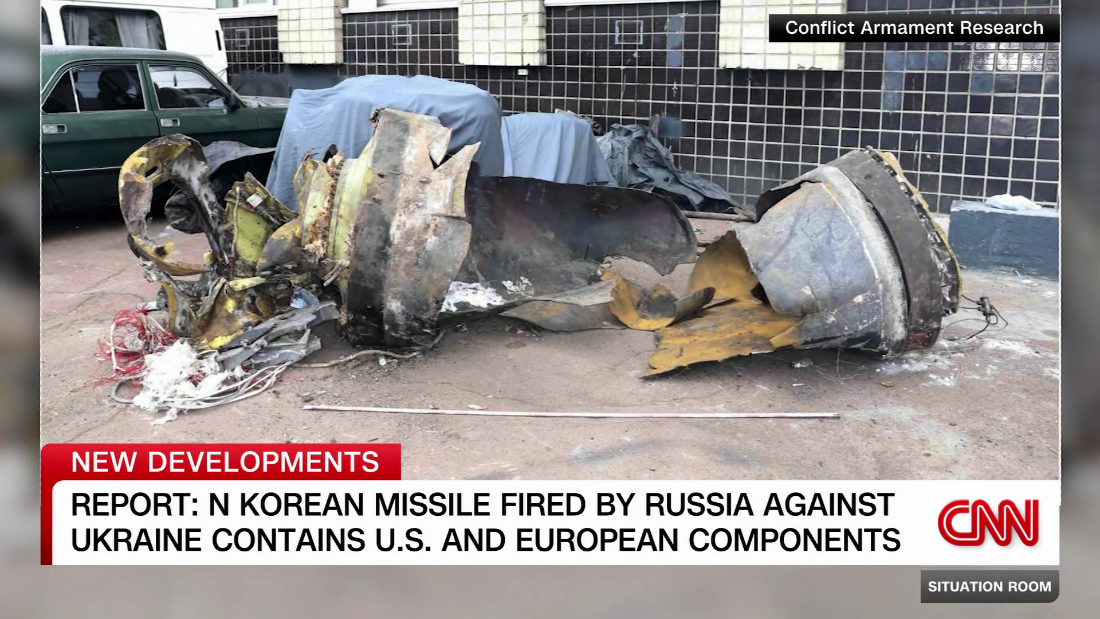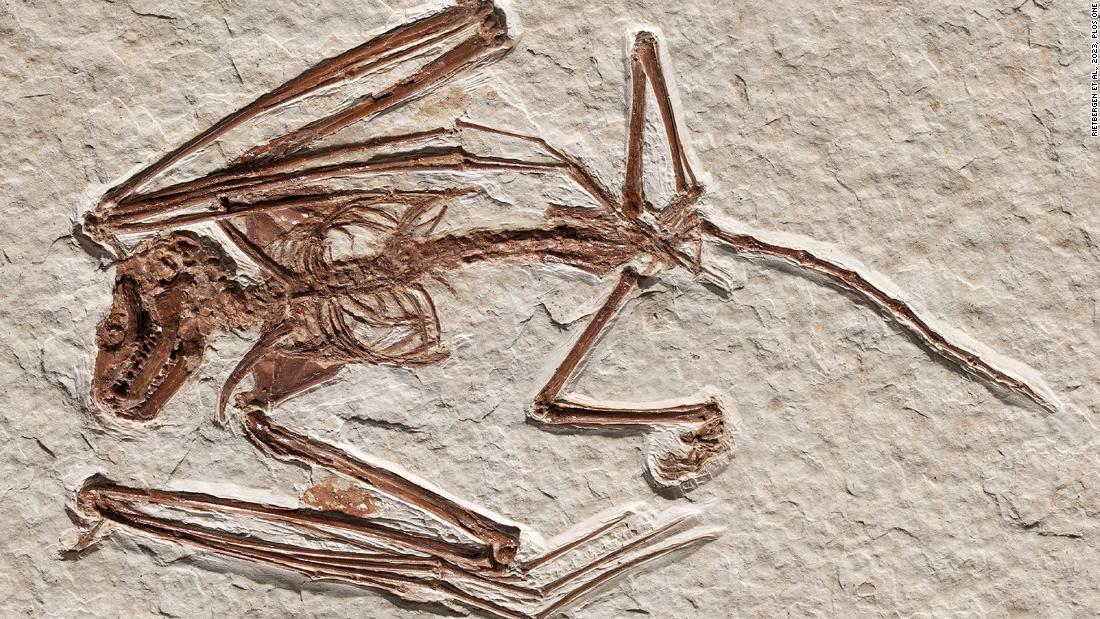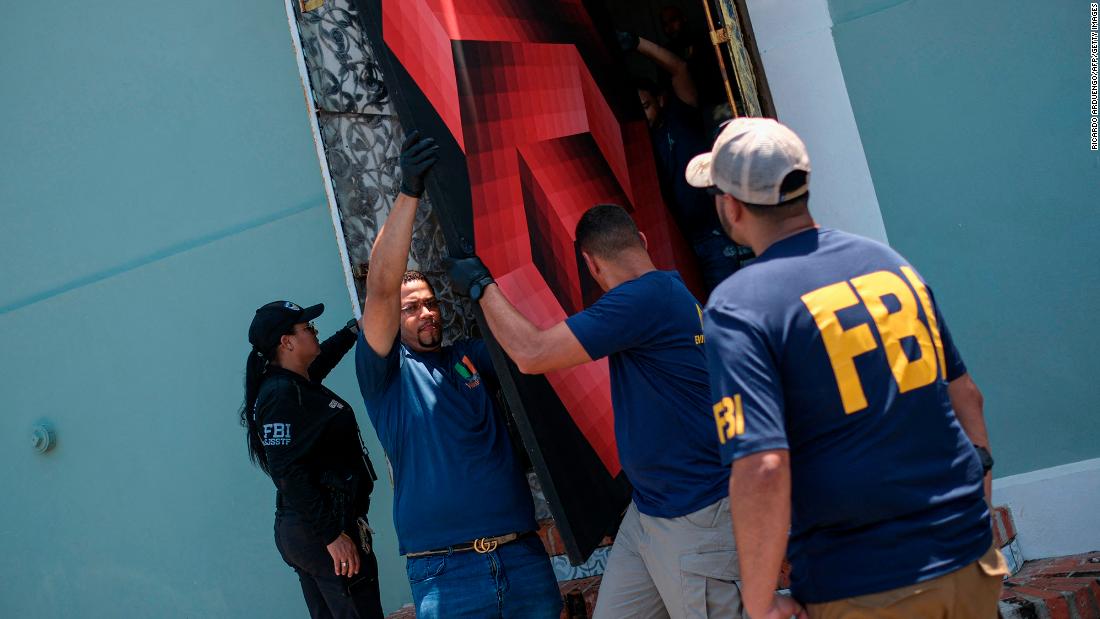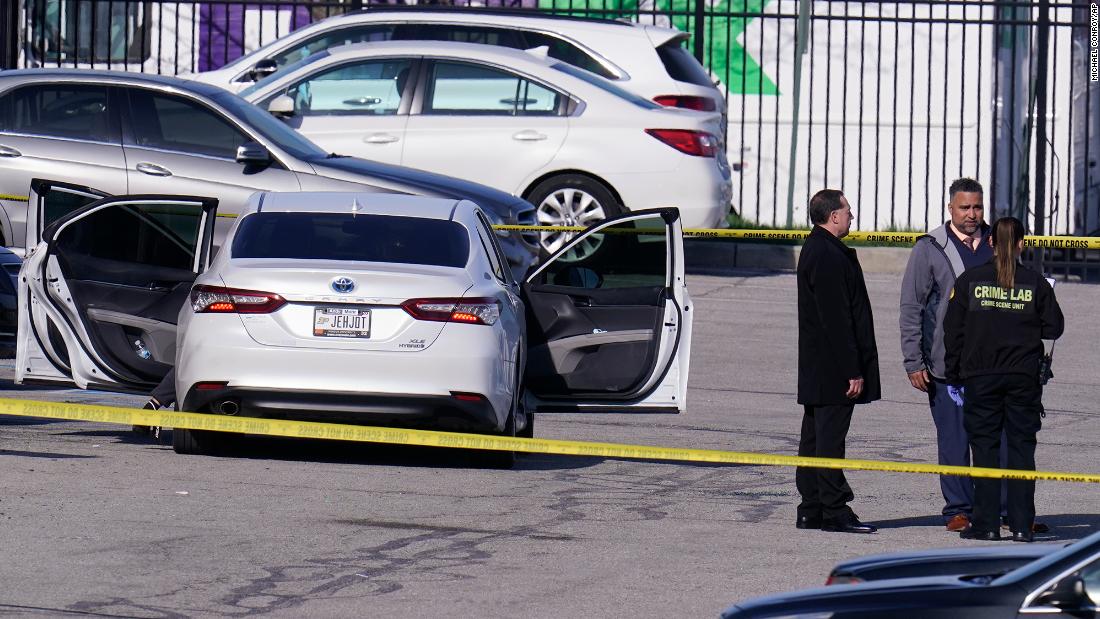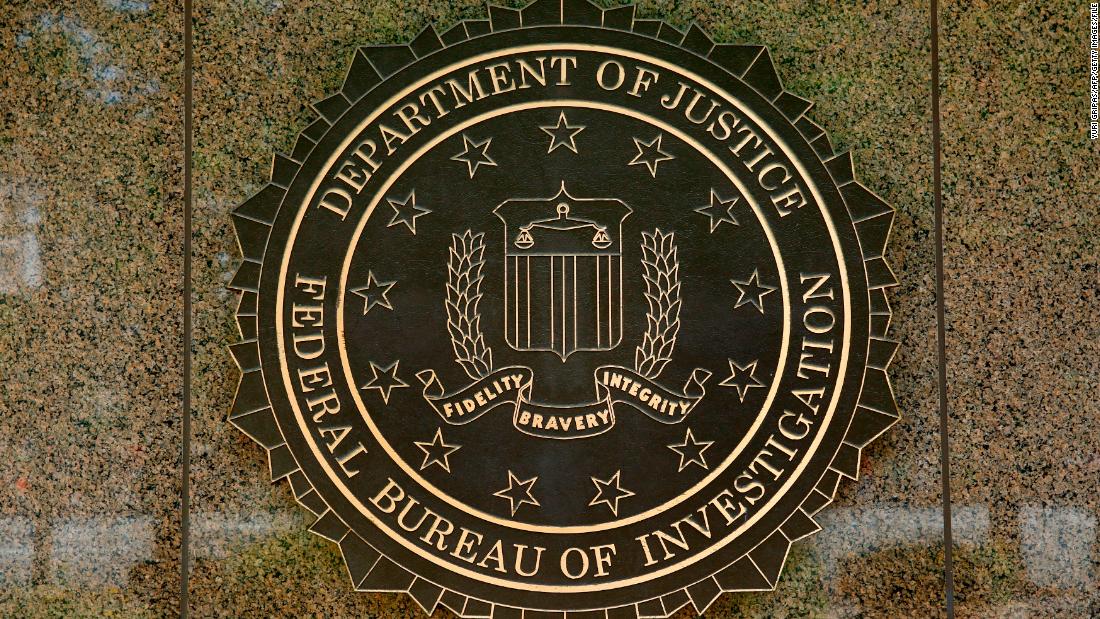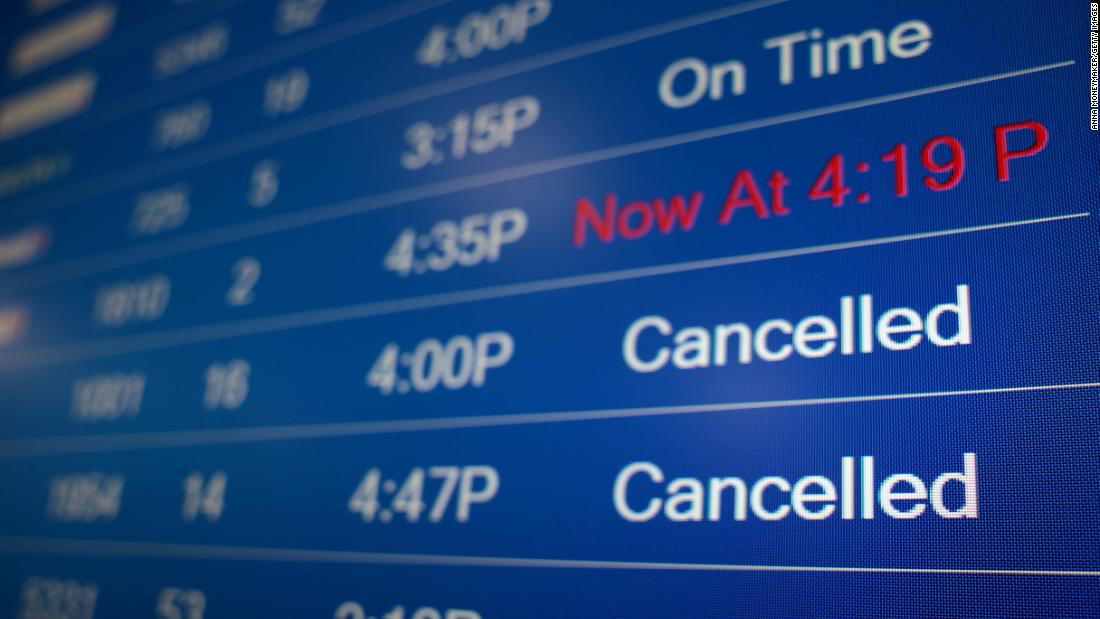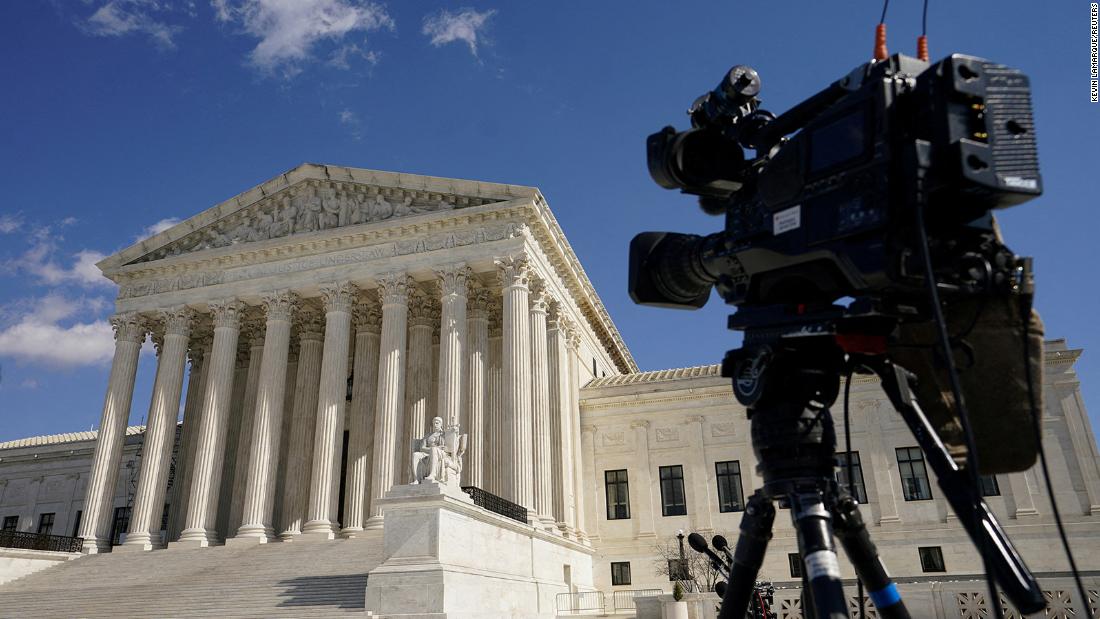INDIA says it has killed a top commander of a Pakistan-based Islamist militant group in the strikes launched on its rival nuclear-armed neighbour.
India‘s ruling party boasted on social media that top Jaish-e-Mohammed leader Abdul Rauf Azhar – linked to the brutal killing of The Wall Street Journal’s Daniel Pearl – has been “eliminated”.
GettyDaniel Pearl, a Wall Street Journal reporter, was murdered in Karachi, Pakistan in 2002[/caption]
GettyThe Wall Street Journal’s reporter Daniel Pearl is seen in a harrowing picture sent to news outlets by his abductors before they beheaded him[/caption]
A paramedic carries a wounded tourist on a stretcher after assailants fired at tourists visiting Pahalgam, Indian-controlled Kashmir Credit: AP
“Operation Sindoor”, carried out by India on Wednesday, hit nine sites across Pakistan and Pakistani-controlled Kashmir.
The airstrikes were launched in response to Pakistan’s deadly attack on Pahalgam, an Indian-controlled Kashmir resort town, in which 26 civilians were gunned down.
In a post on social media, India’s ruling Bharatiya Janata Party published a photo of Abdul Rauf Azhar with the word “eliminated” written across it.
Among the nine targets of “Operation Sindoor” was the Jaish-e-Mohammed (JeM) headquarters in Bahawalpur, Pakistan’s Punjab Province, the BJP reported.
Former US special envoy for Afghanistan Zalmay Khalilzad wrote on X: “India has killed the brutal terrorist assassin Abdul Rauf Azhar, whose psychopathic beheading of Wall Street Journal journalist Daniel Pearl in 2002 we all remember.”
He added: “Justice has been served.”
Daniel Pearl was a 38-year-old Jewish-American journalist who at the time worked as the South Asia bureau chief of The Wall Street Journal.
After being stationed in New Delhi, he moved to Karachi, Pakistan, to investigate terror after the 9/11 attacks in New York.
Pearl was abducted by “National Movement for the Restoration of Pakistani Sovereignty” (believed to be a pseudonym for JeM) who sent an email to US and Pakistani news outlets accusing Pearl of being an American spy and making specific demands for his release.
A beheading video of Pearl was then released by the group, leading Pakistani authorities to launch a manhunt for his killers.
Footage of Indian rockets being fired at Pakistan in retaliation for the shootingX/clashreport
JeM’s senior leader Abdul Rauf Azhar was designated a global terrorist by the US and sanctioned by the Treasury Department in 2010 for planning and supporting attacks in India.
He was linked to the 1999 hijacking of Indian Airlines Flight IC-814.
Azhar was also accused of being involved in the 2016 Pathankot airbase attack and other operations carried out by JeM – listed a terrorist organisation by the UN, the US and India.
Pakistan has not yet confirmed his death, and no official statement has been released by JeM.
Meanwhile, US Vice President JD Vance said on Thursday that while India and Pakistan should de-escalate tensions, the conflict is “fundamentally none of our business“.
The announcement of Azhar’s death comes as tensions between India and Pakistan have escalated over the past week – with fears that the nuclear-armed neighbours are on the brink of an all-out war.
Border clashes in Kashmir continue after several Indian missile strikes and drone attacks.
On Wednesday, Pakistan claimed that it has killed up to 50 Indian soldiers, vowing to get revenge for “every drop of blood” spilt in the deadly conflict.
Pakistan’s Defence Minister Khawaja Asif said in an interview with Pakistani TV channel Geo News: “If they [India] impose an all-out war on the region and if such dangers arise in which there is a standoff, then at any time a nuclear war can break out.”
He added: “If they aggravate this then if a chance of war arises in which there is a sign of nuclear option being used on both sides, then the responsibility for that will be on India.”
Pakistan’s Prime Minister Shehbaz Sharif earlier blamed India for igniting an “inferno” in the region after bombing his country overnight and has now authorised his troops to fire missiles back.
Nuclear war in the region is feared to kill as many as 125 million people – and campaigners have called on both sides to step back.
US President Donald Trump spoke about the ongoing conflict and said he is prepared to do “anything to help”.
Sir Keir Starmer also told Parliament that Britain is now “engaging urgently” with both of the Commonwealth countries.
The prime minister said he is “encouraging dialogue” and urging “de-escalation”.
The International Campaign to Abolish Nuclear Weapons has said it is “gravely concerned”.
While India and Pakistan only have small stockpiles of nuclear weapons compared to Russia or America, they have a viscous rivalry and longstanding feud over Kashmir.
The region in the northwestern Indian subcontinent has historically been claimed by both India and Pakistan.
Why are India and Pakistan enemies?
DISPUTES between India and Pakistan over the region of Kashmir date back decades.
The Muslim-majority territory was fought over in the aftermath of both countries’ independence following the partition of India in 1947.
War between India and Pakistan would break out again in 1965 – which ended in a ceasefire.
Kashmir’s control remains divided to this day, and tensions frequently flare up over the region.
India also fought Pakistan wars in 1971 and 1999 – with the conflict in the 70s resulting the independence of Bangladesh from Pakistan.
And the current conflict stems from how the region was split up as the two countries were gaining independence.
Indian troops took two-thirds of Kashmir, while Pakistan seized the northern third.
Since then, the row has developed into one of the most intense geopolitical rivalries on earth.
There are about 16 million people in Kashmir, split between the Indian-controlled and Pakistani-controlled zones.
RexPeople inspect the damage from an Indian missile attack in Muzaffarabad, Kashmir[/caption]
AFPResidents gather as police inspect the site where an alleged Indian drone was shot down in Karachi[/caption] Published: [#item_custom_pubDate]












